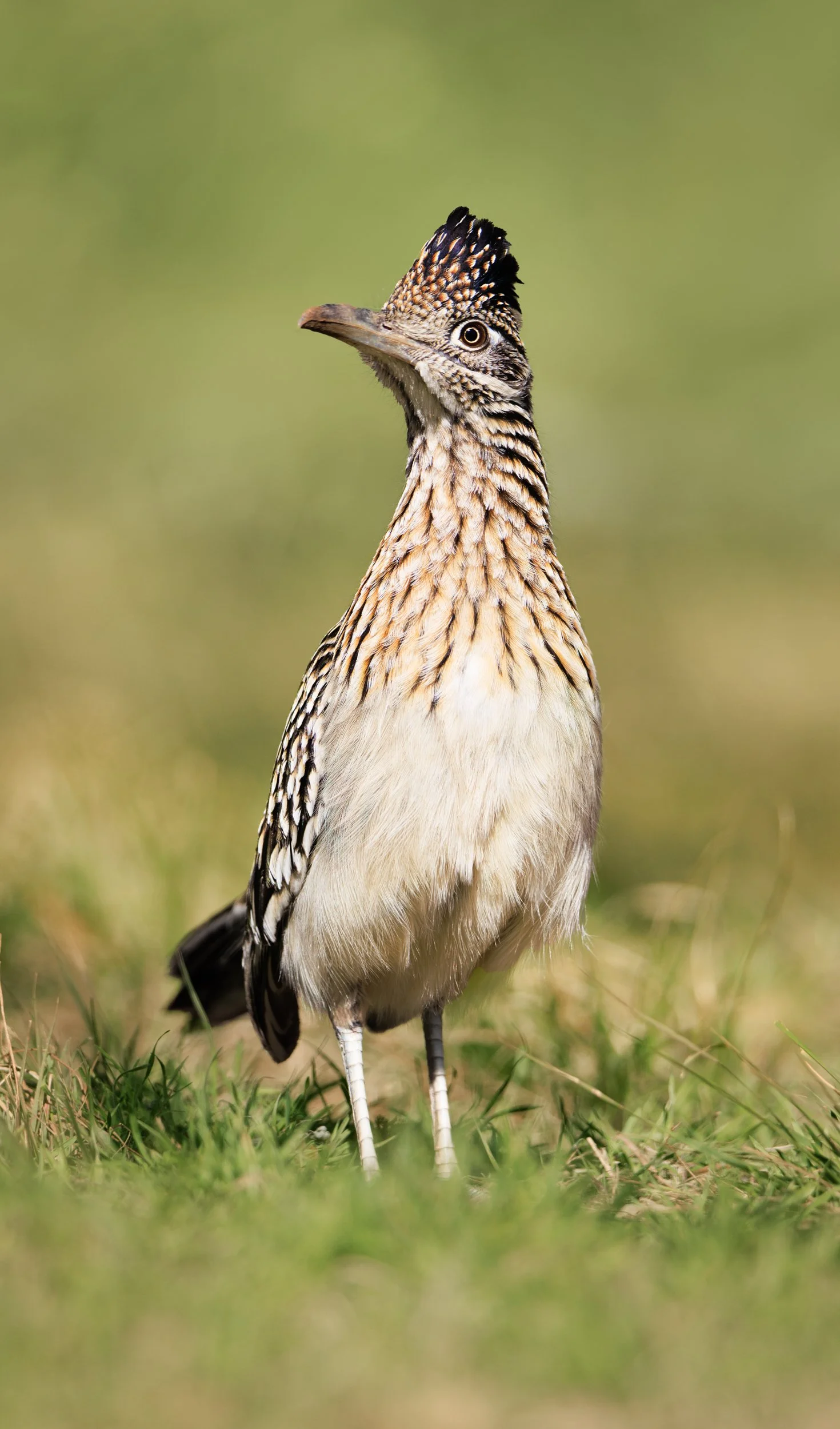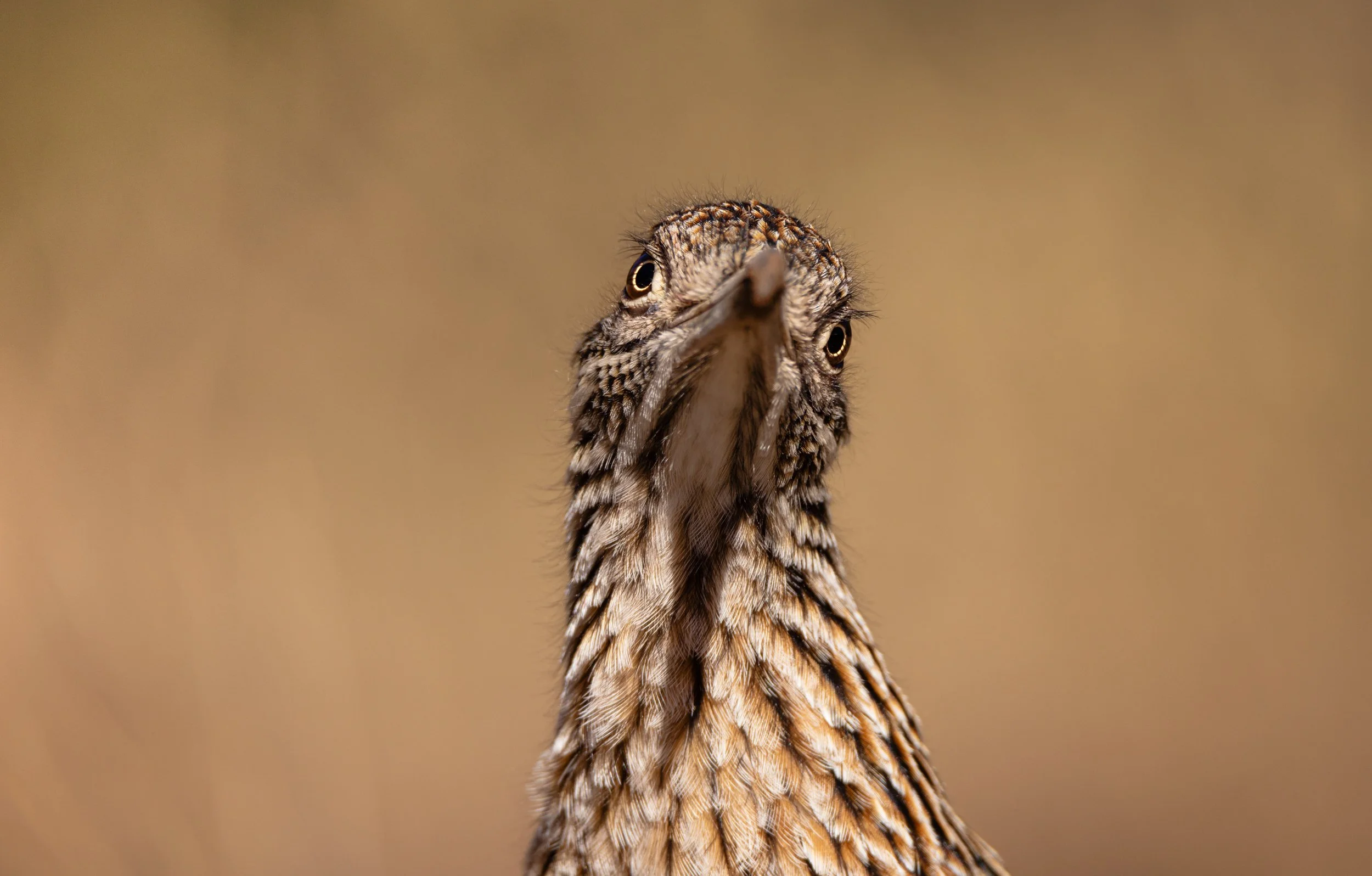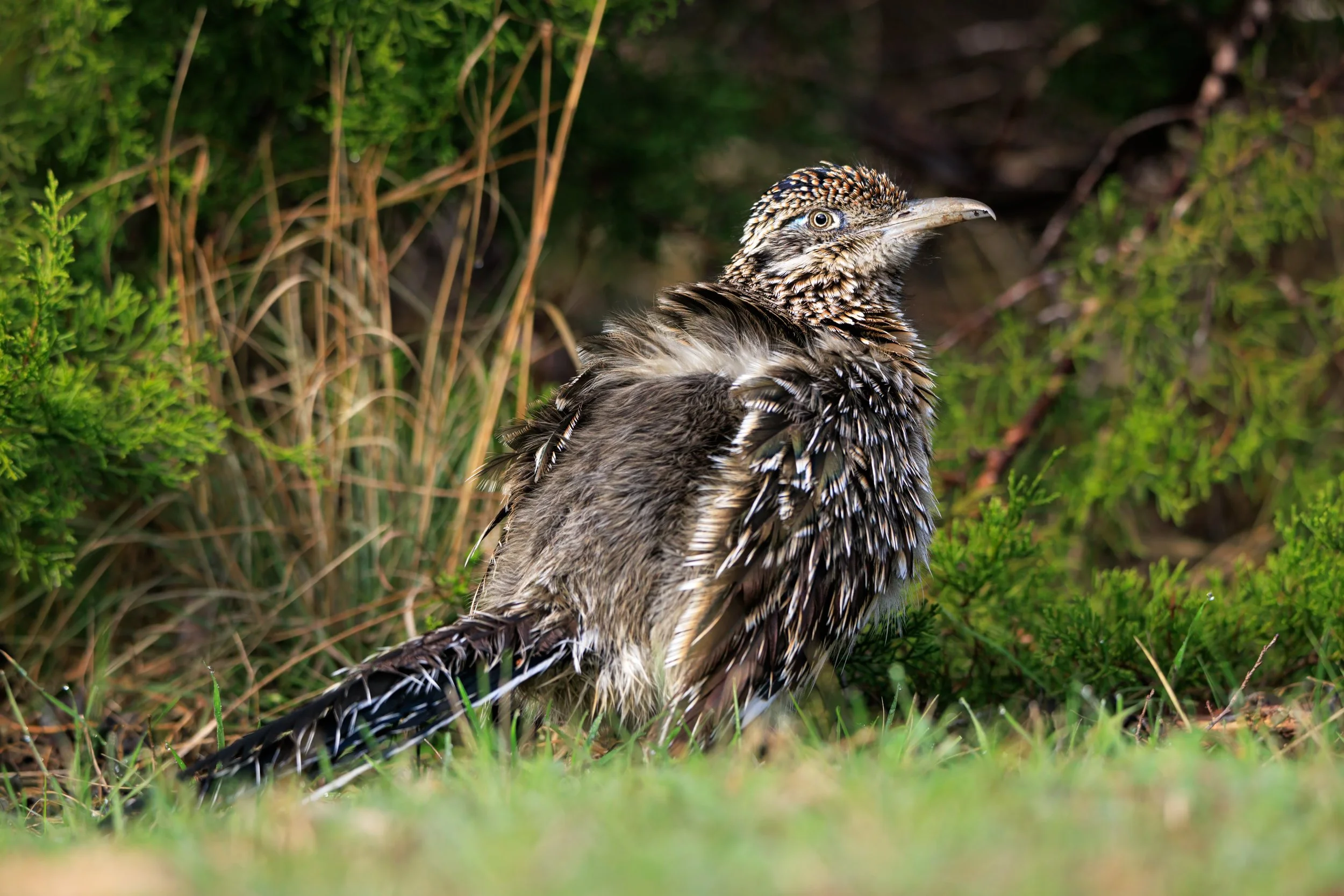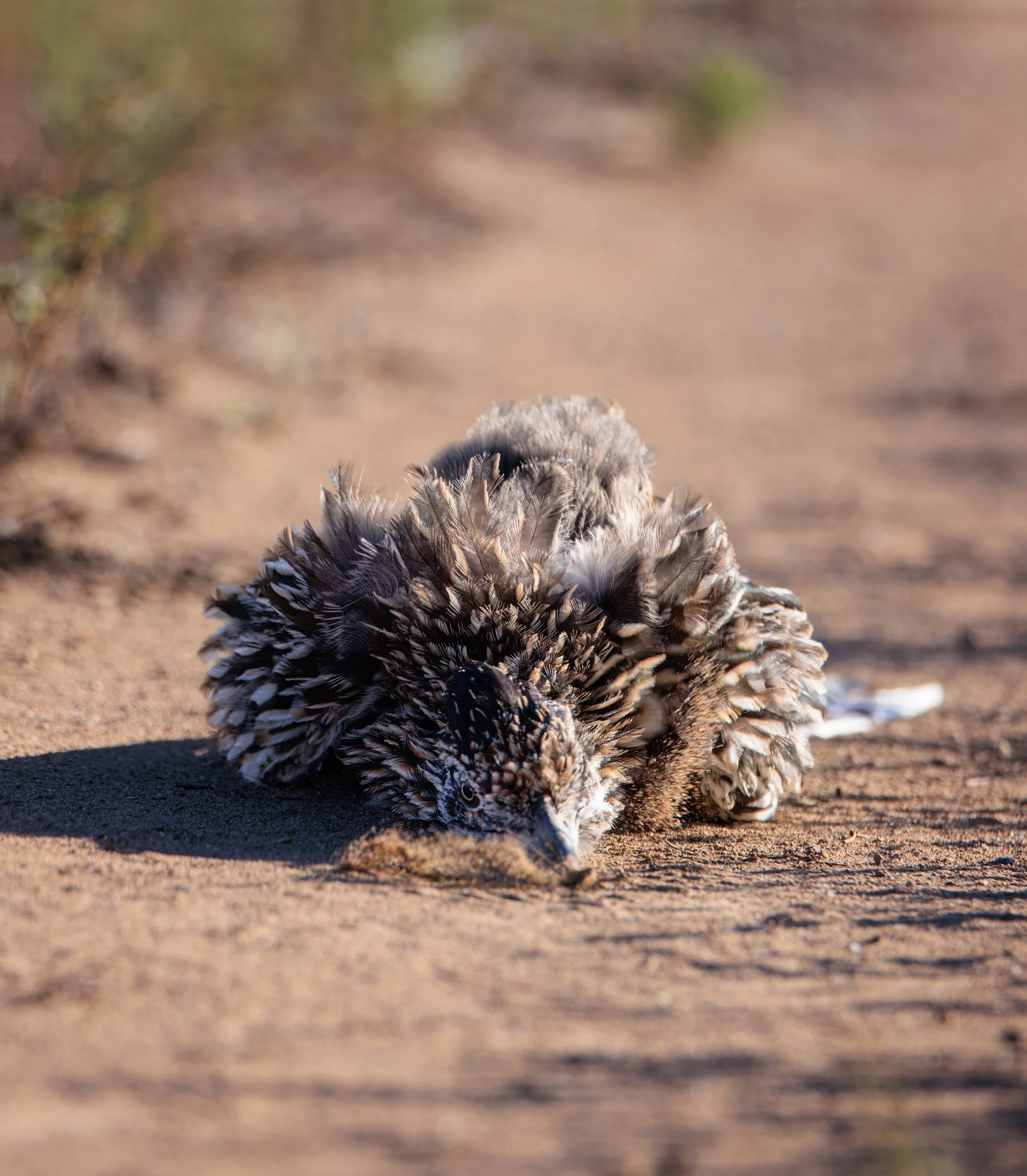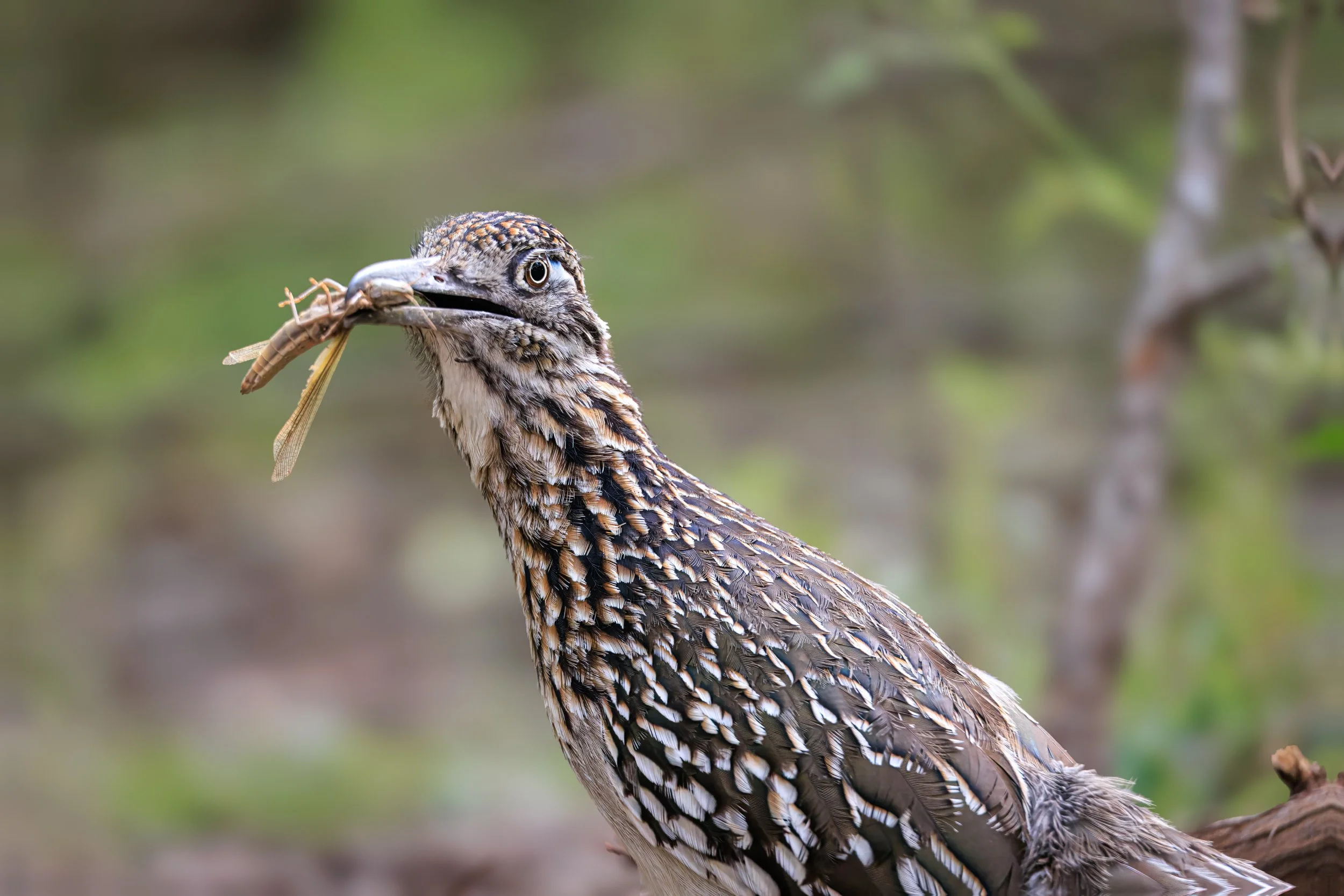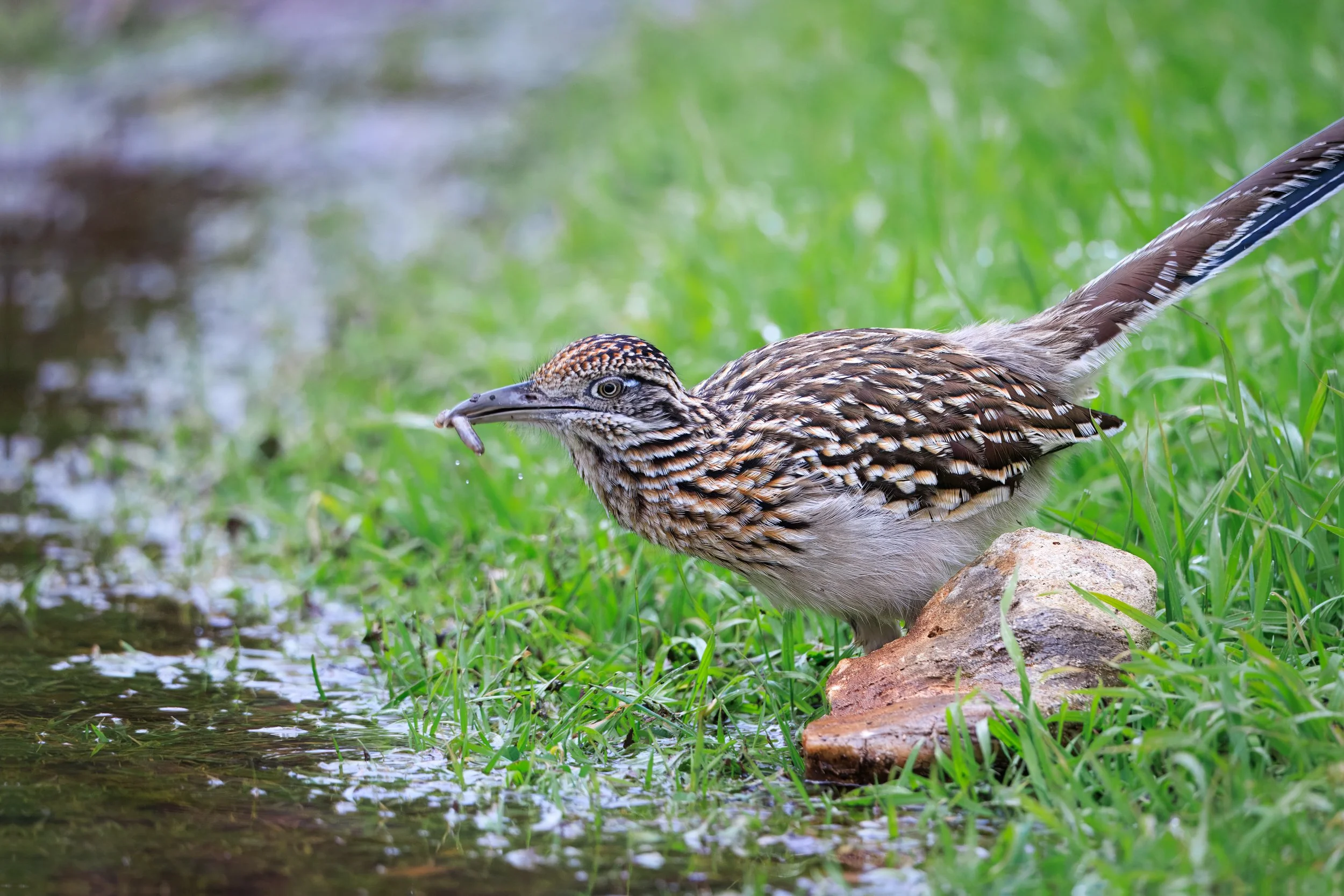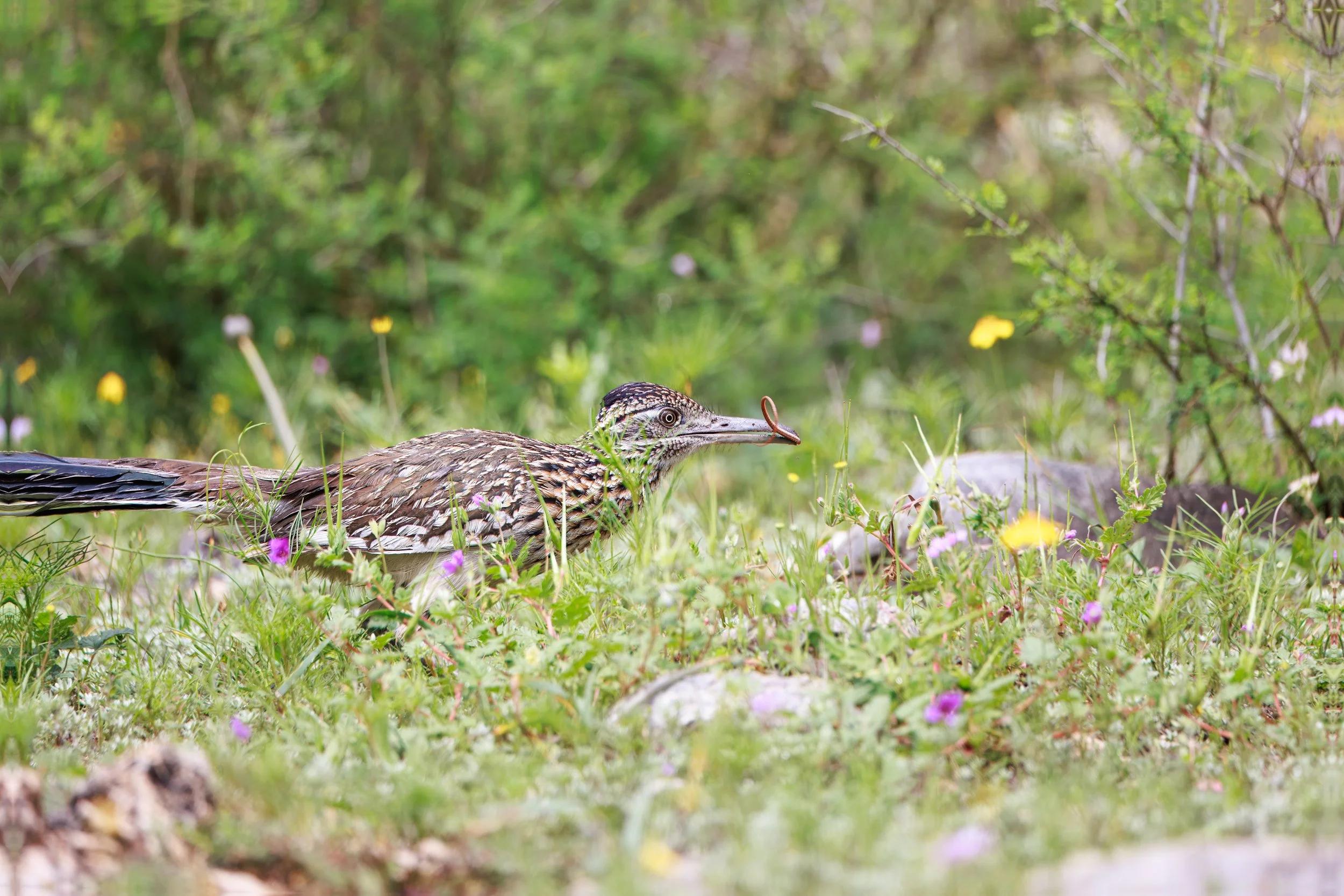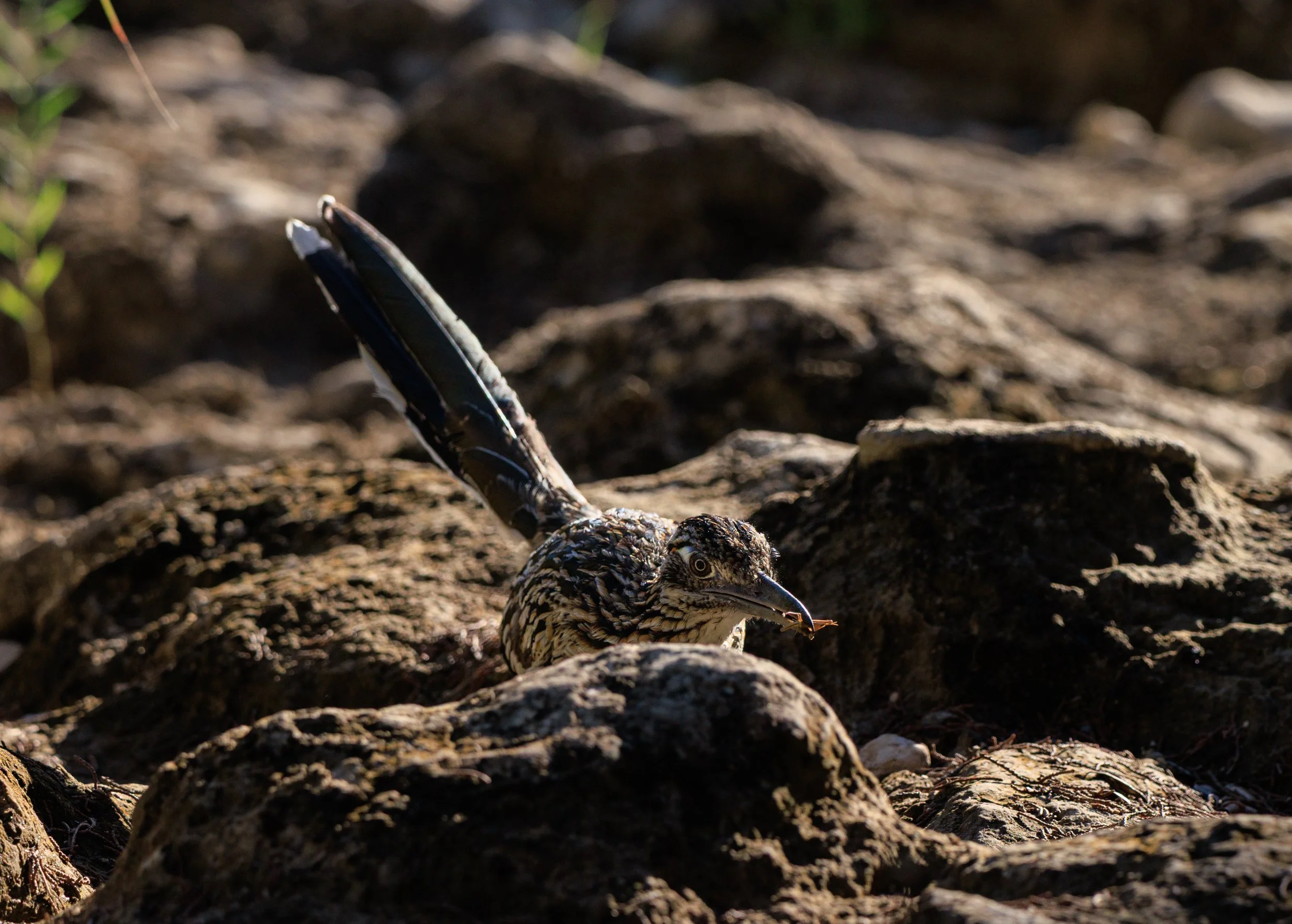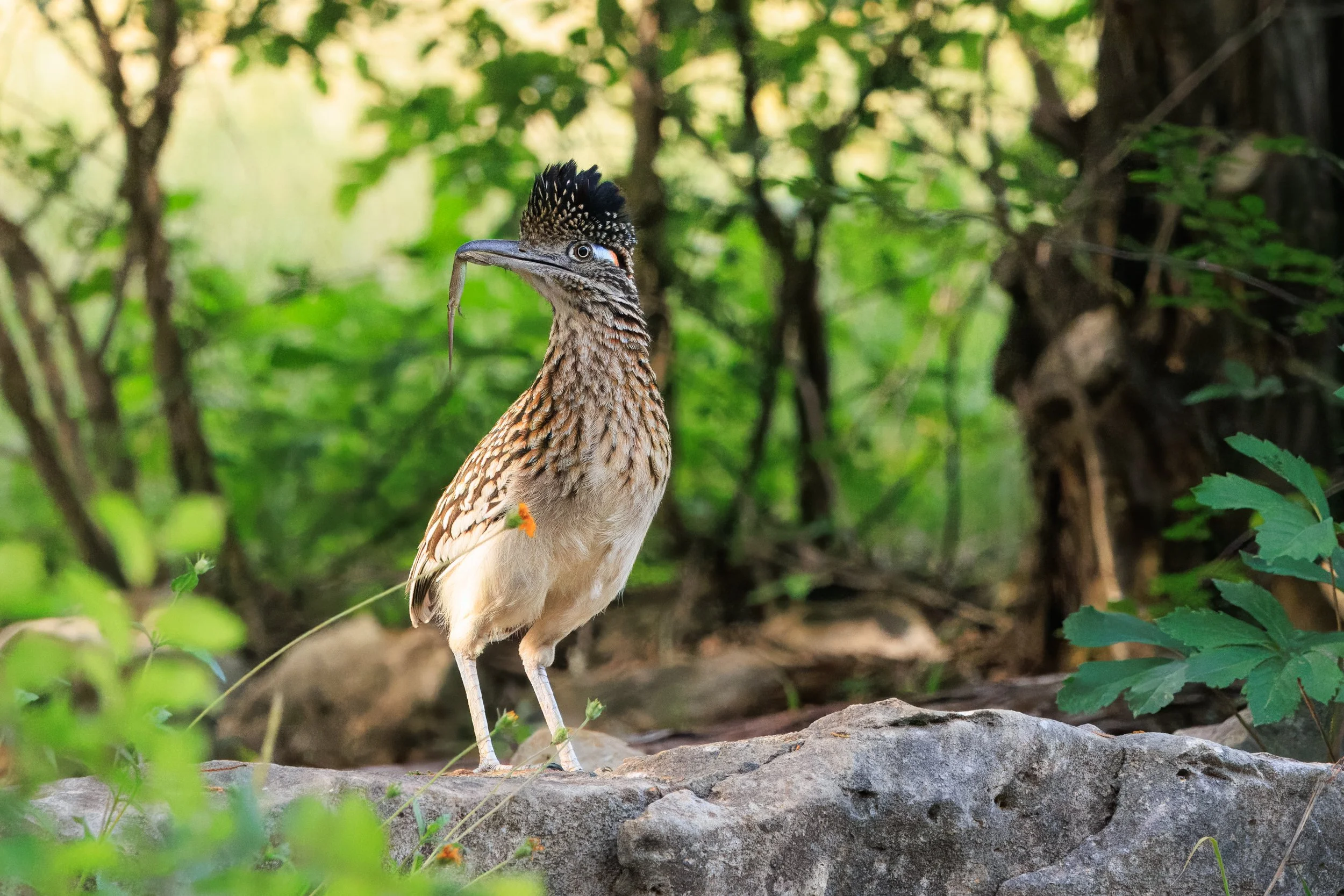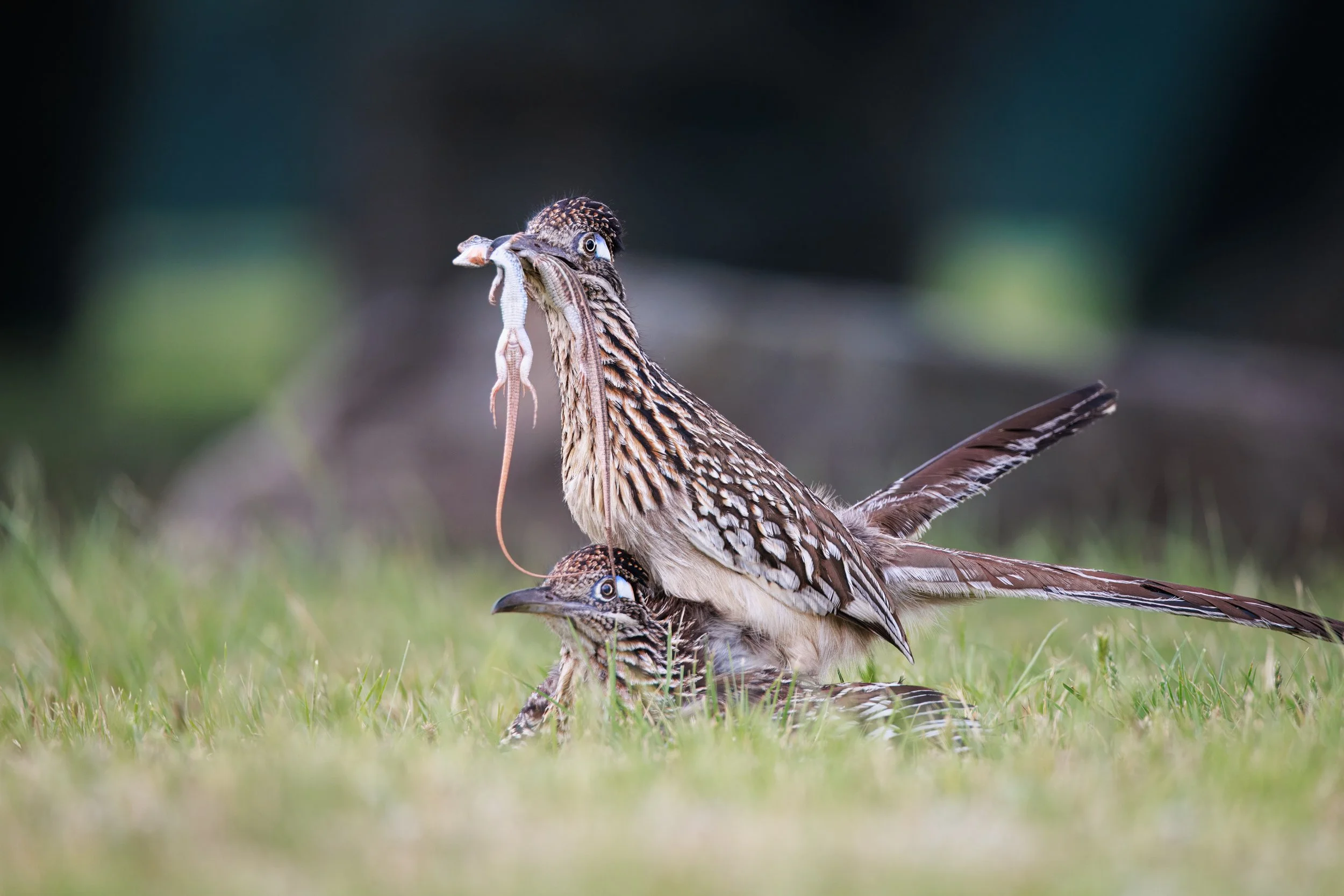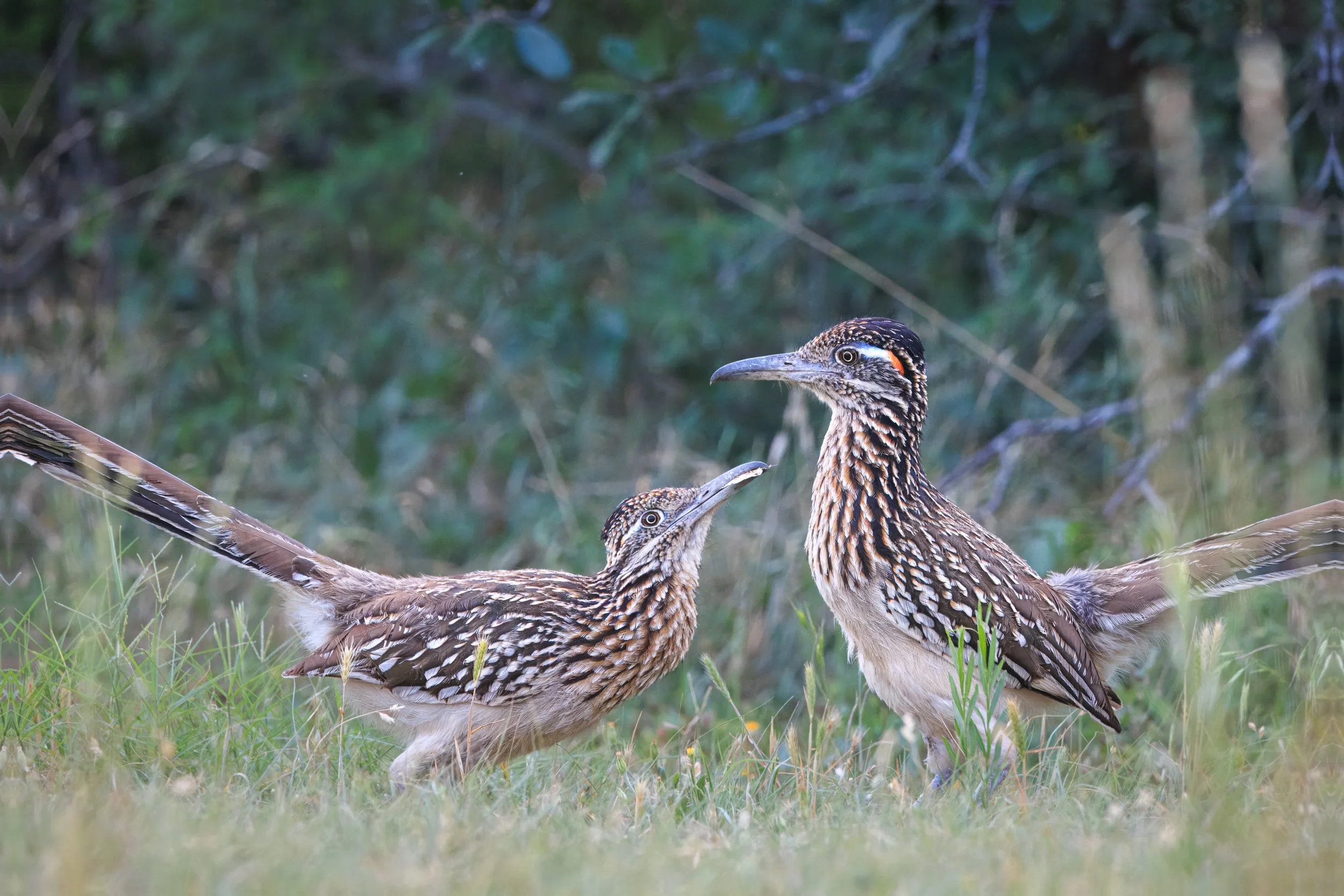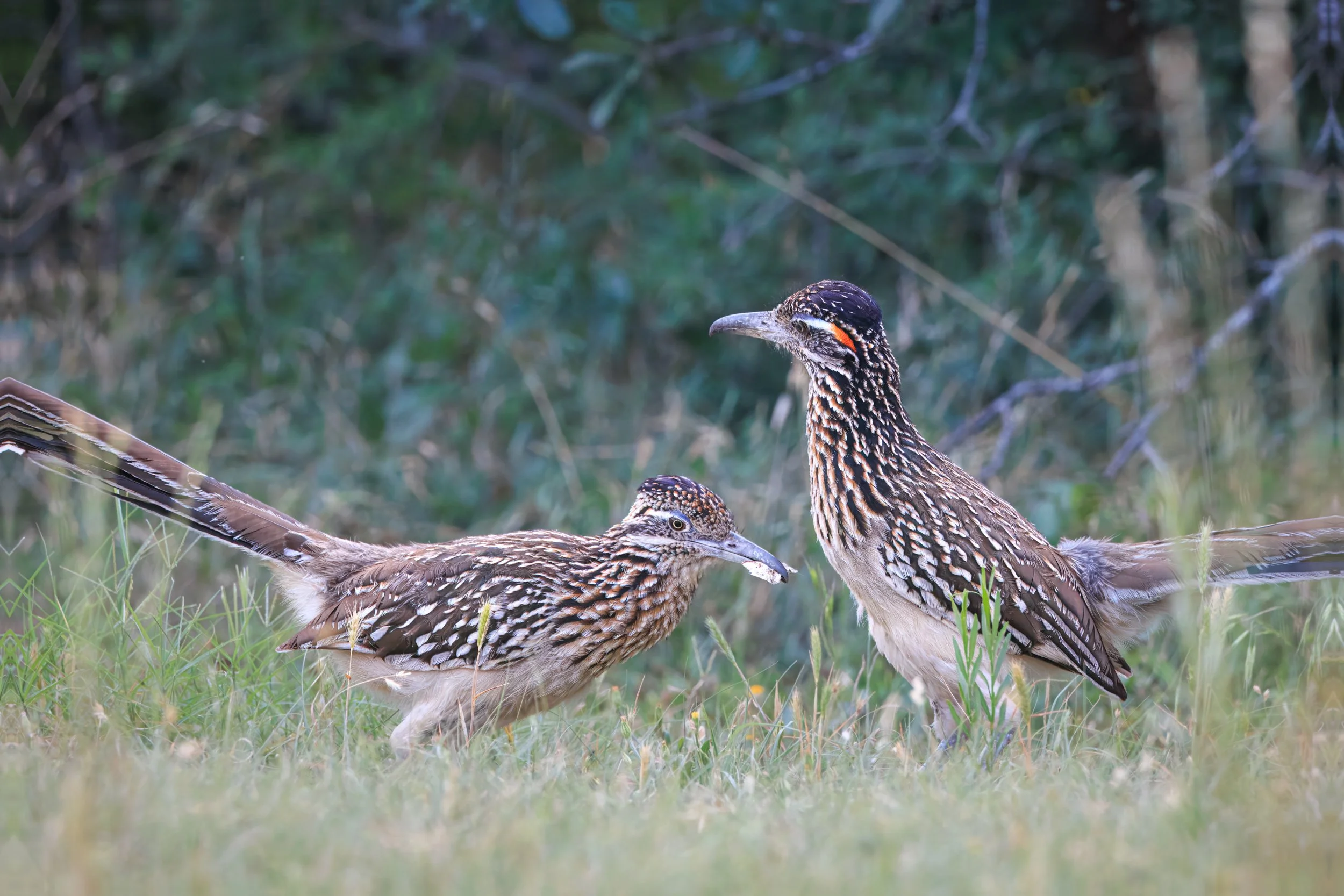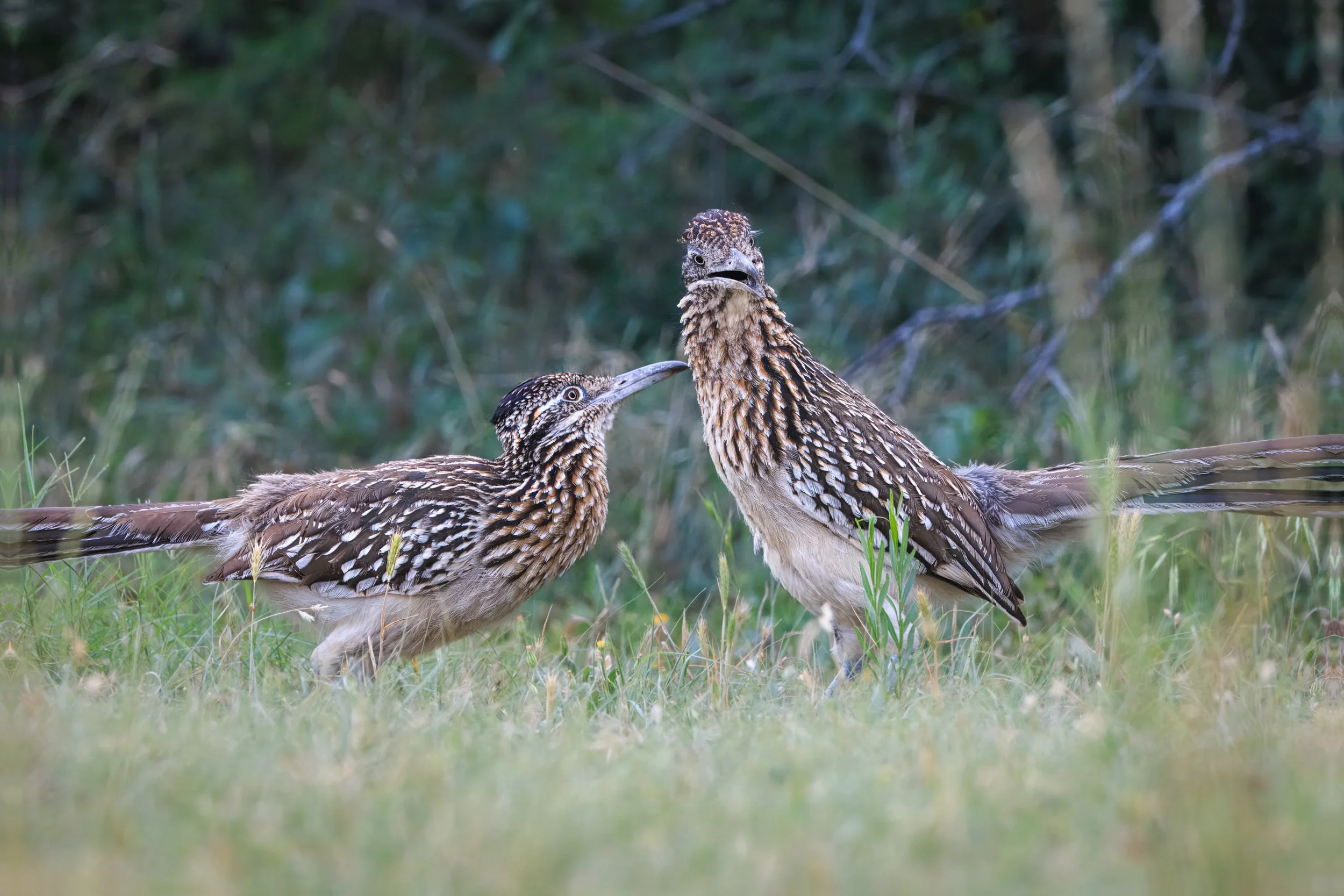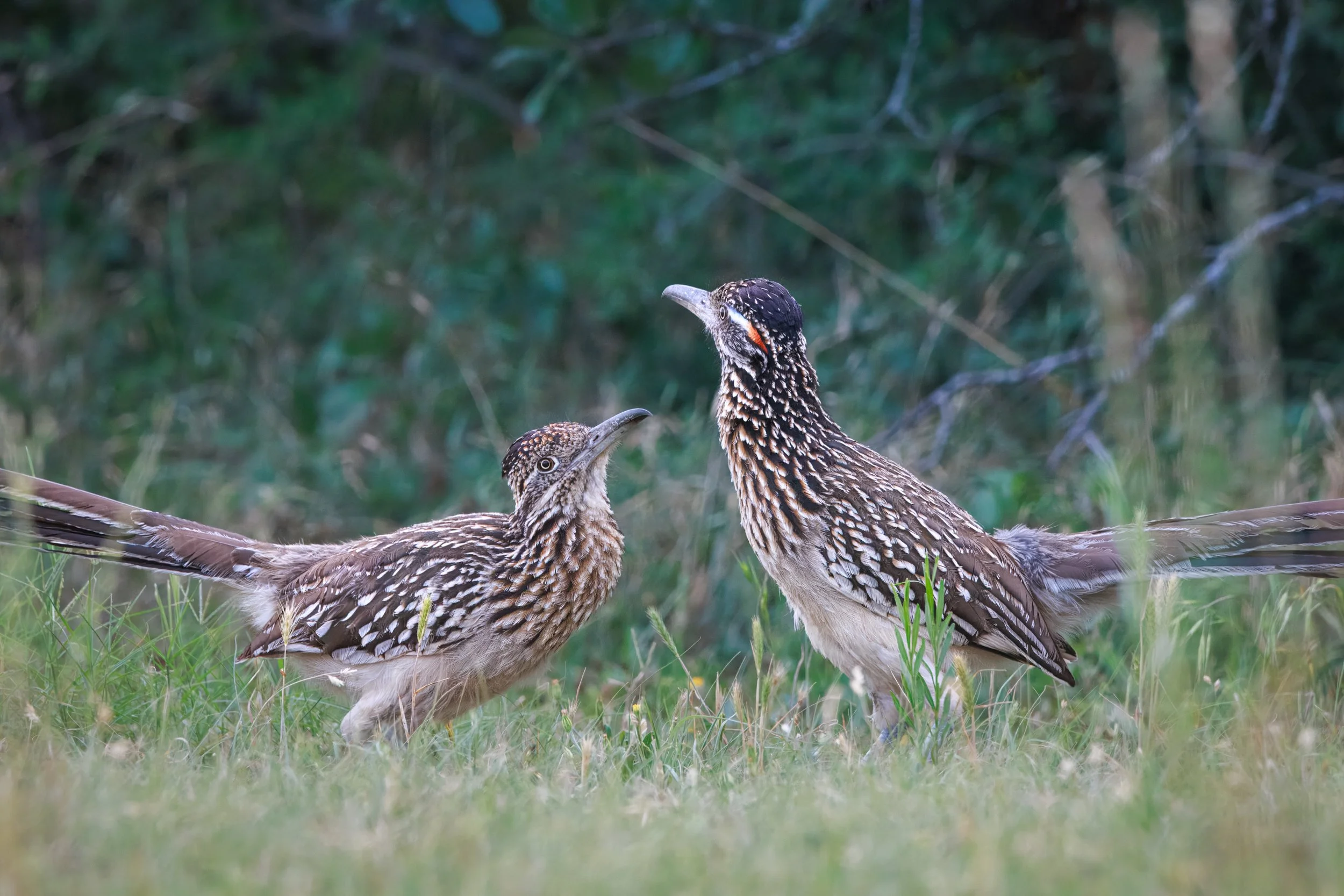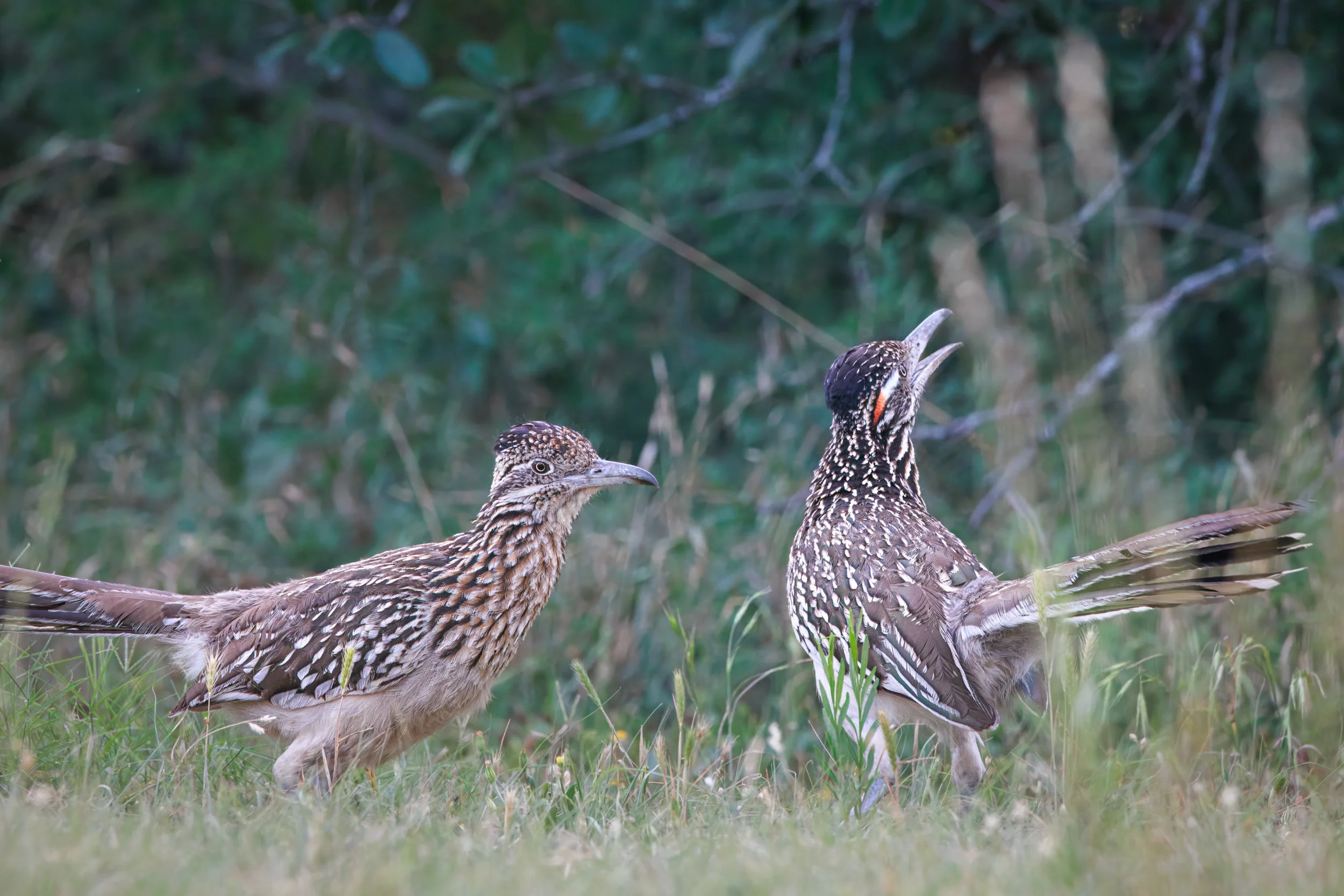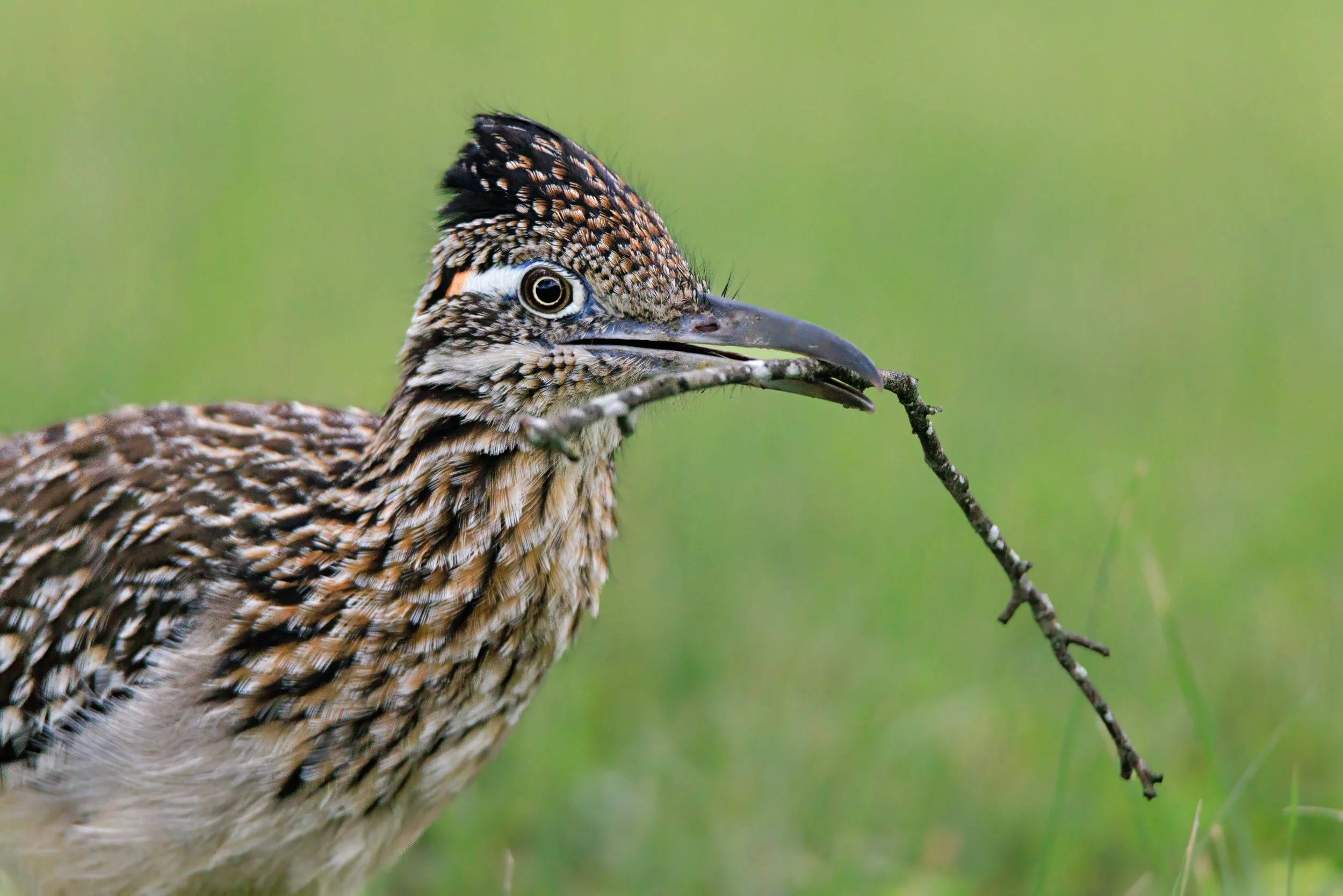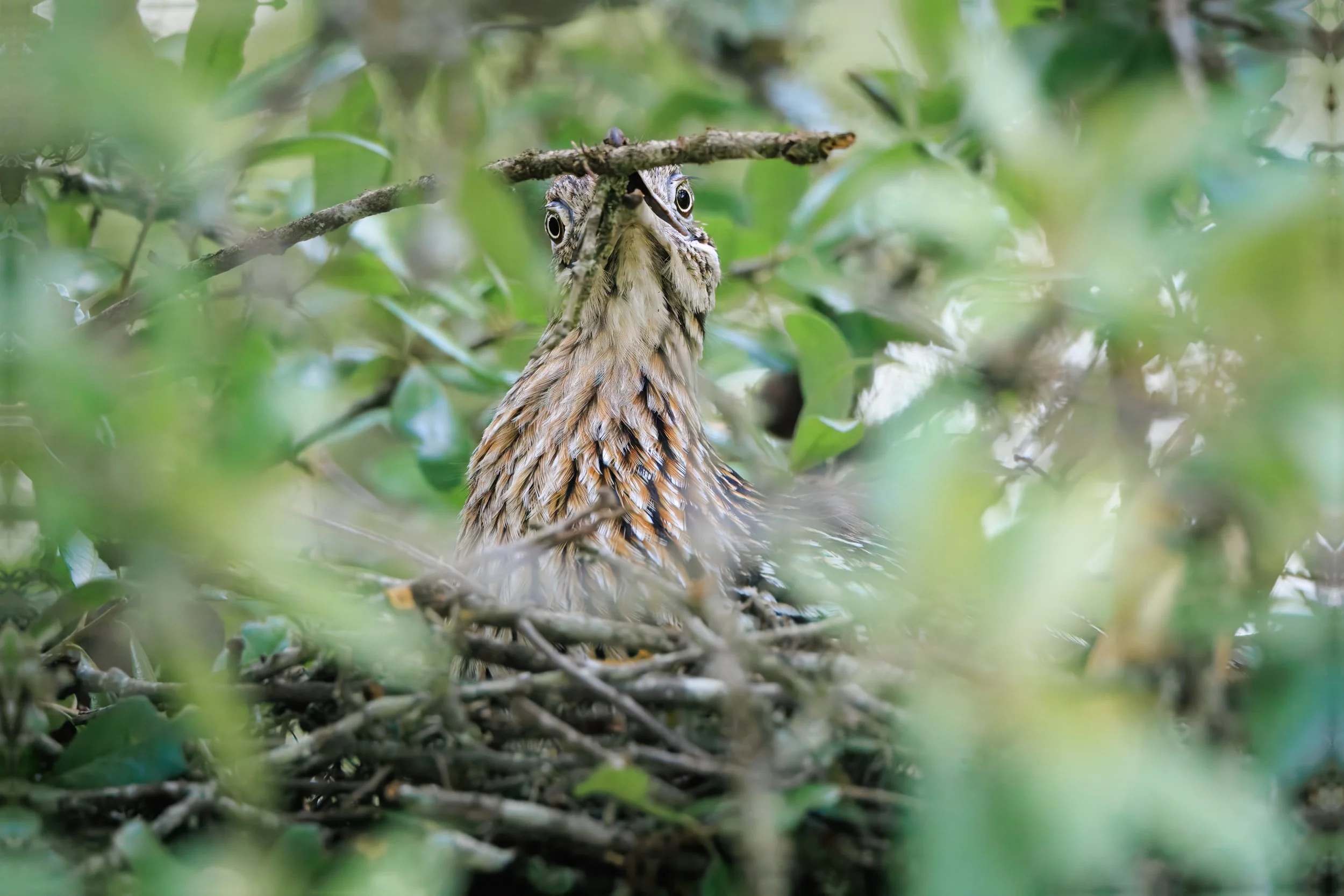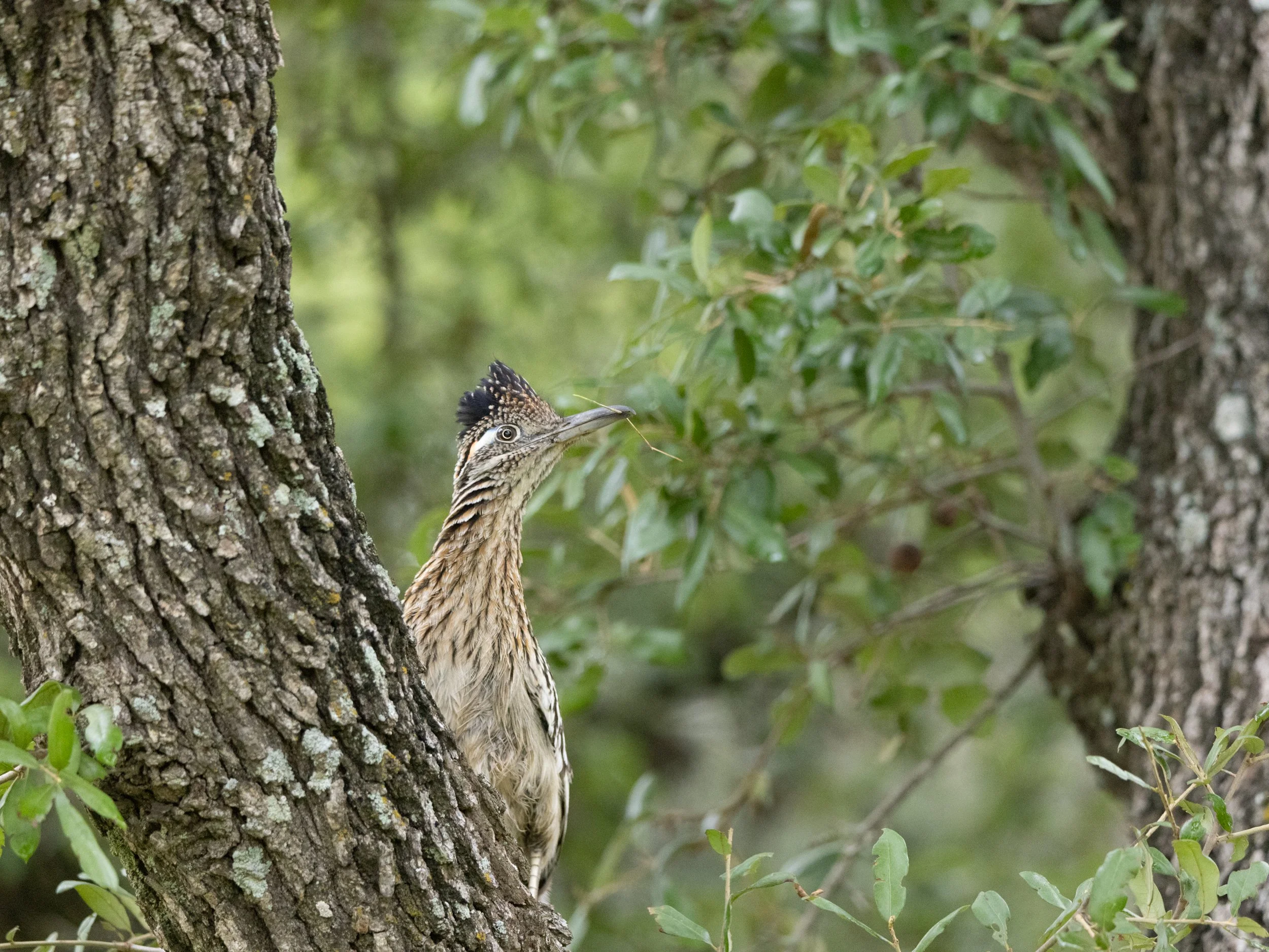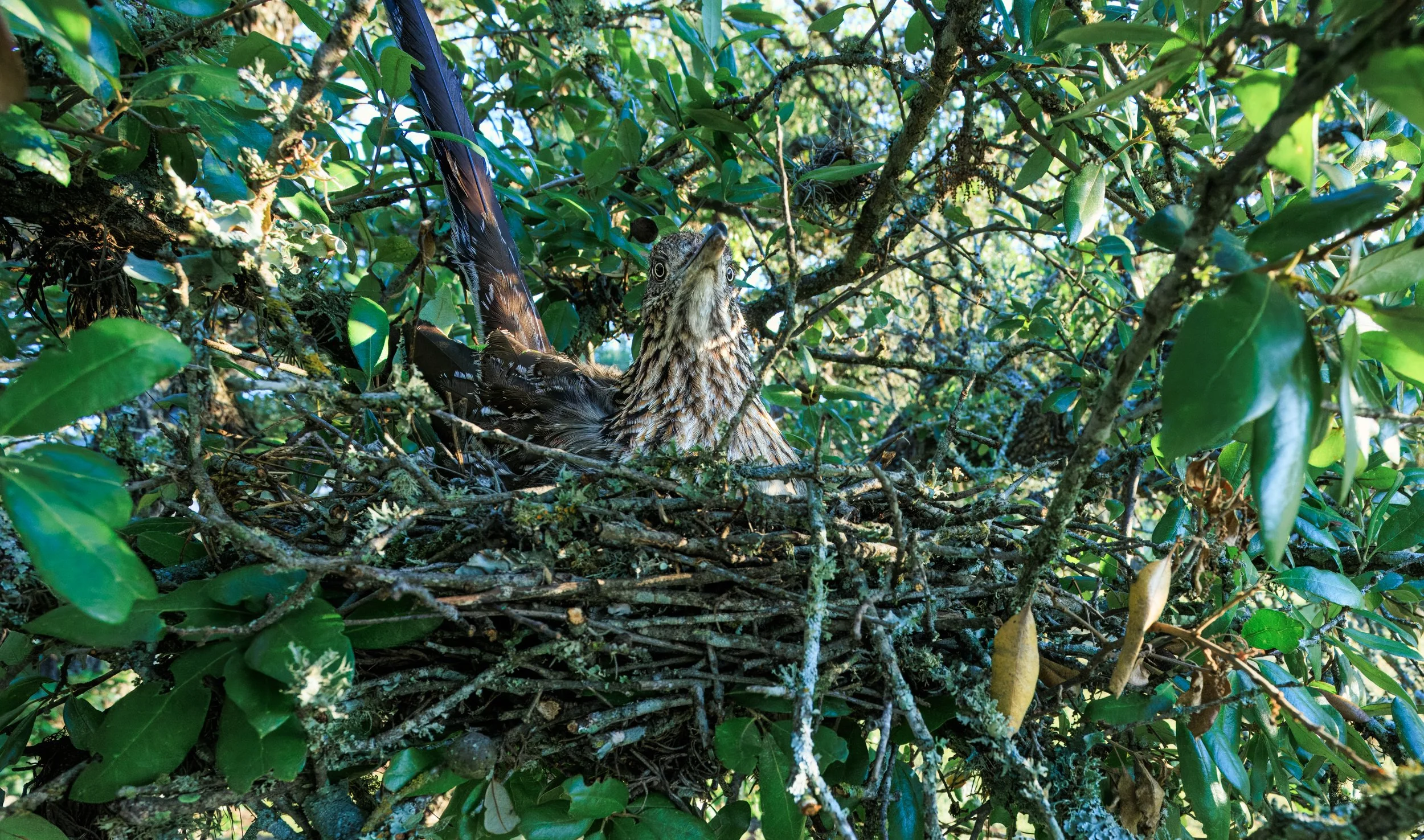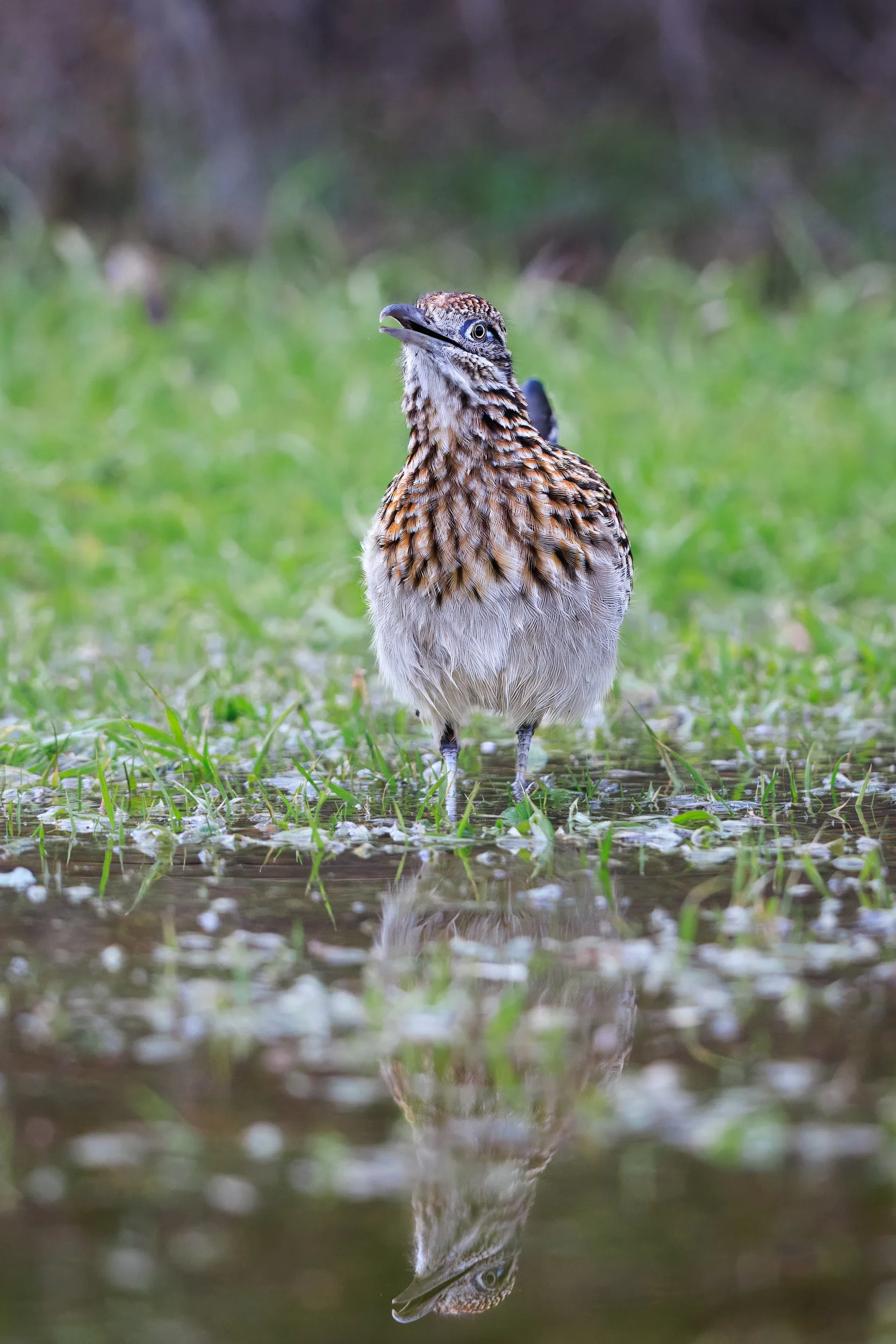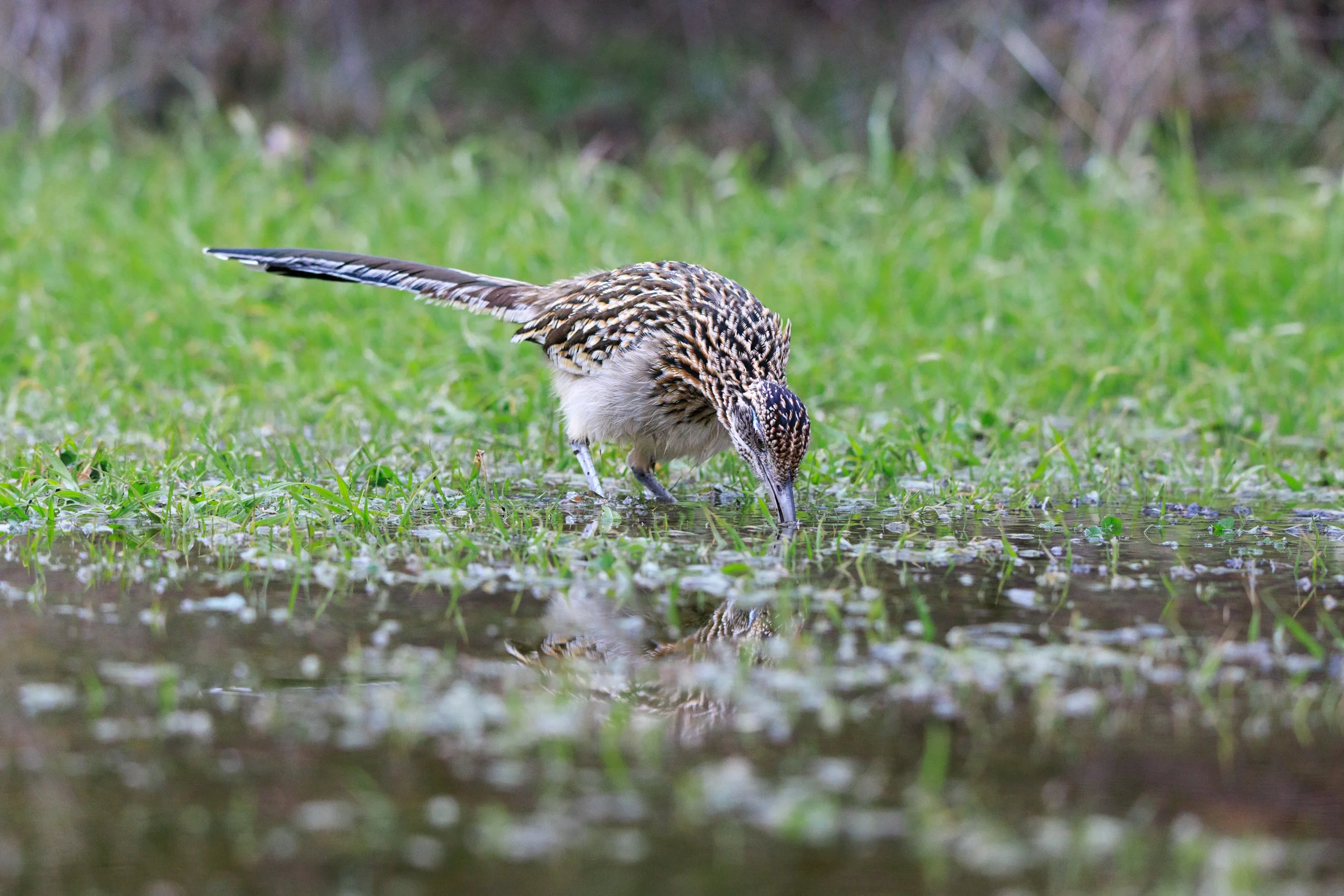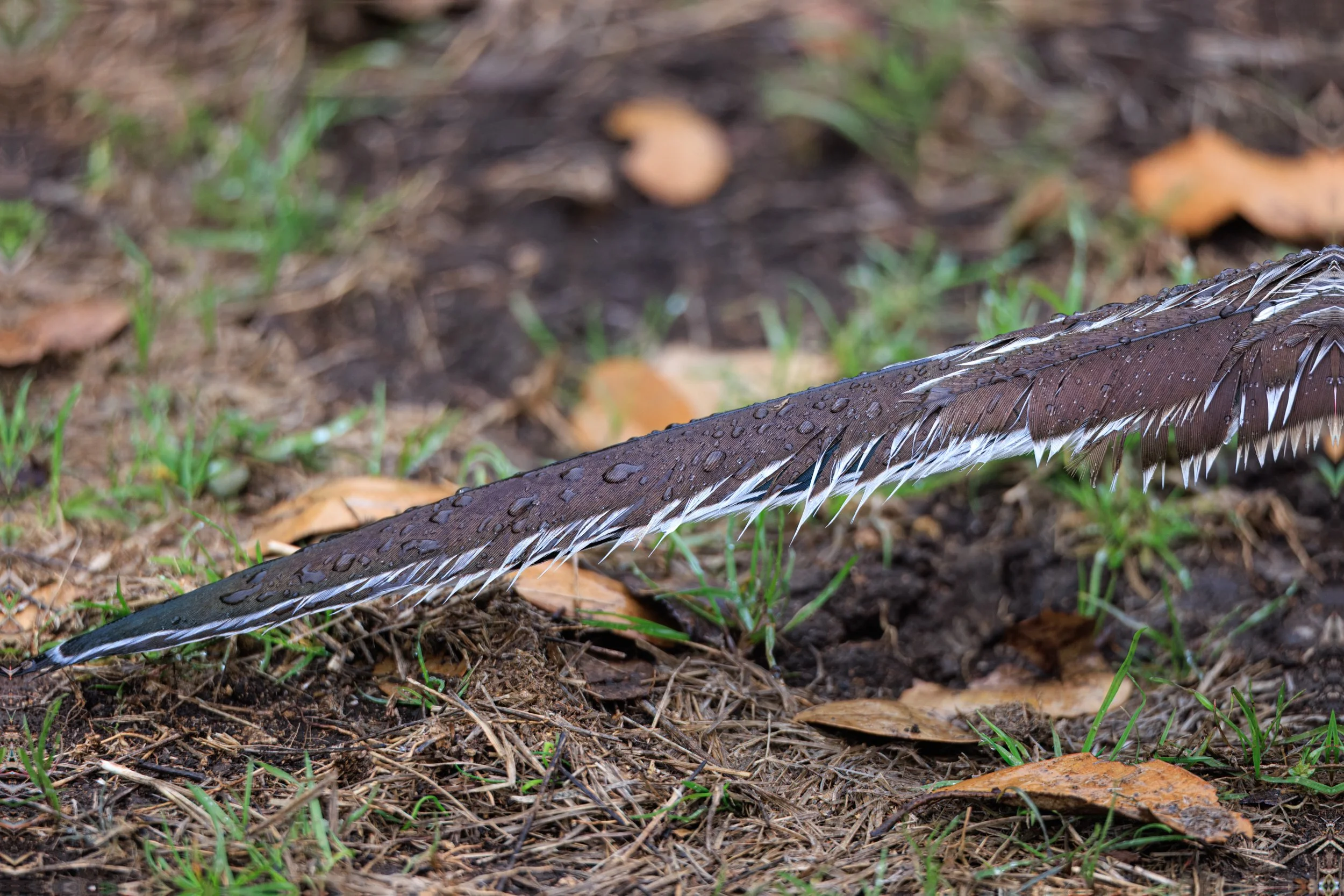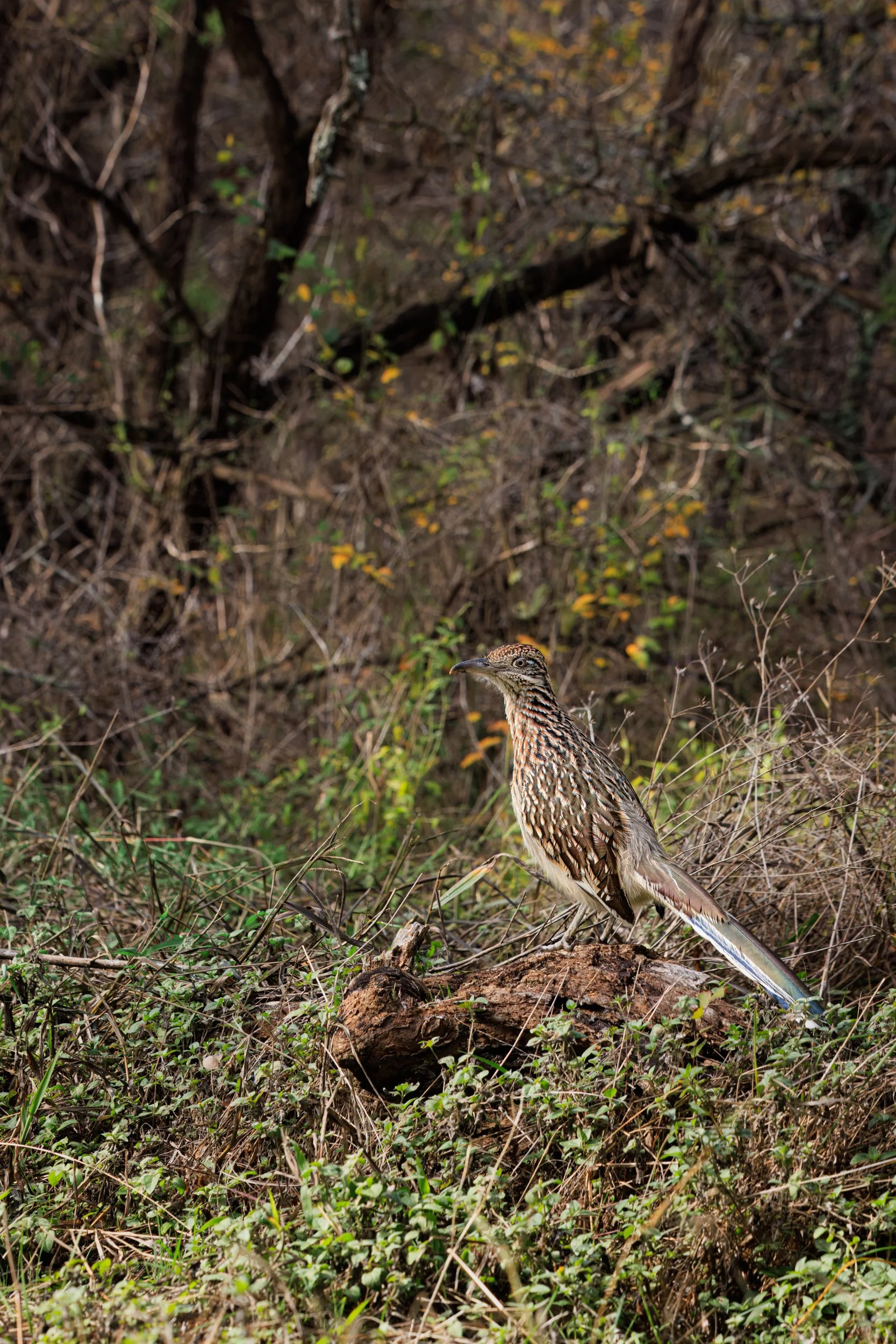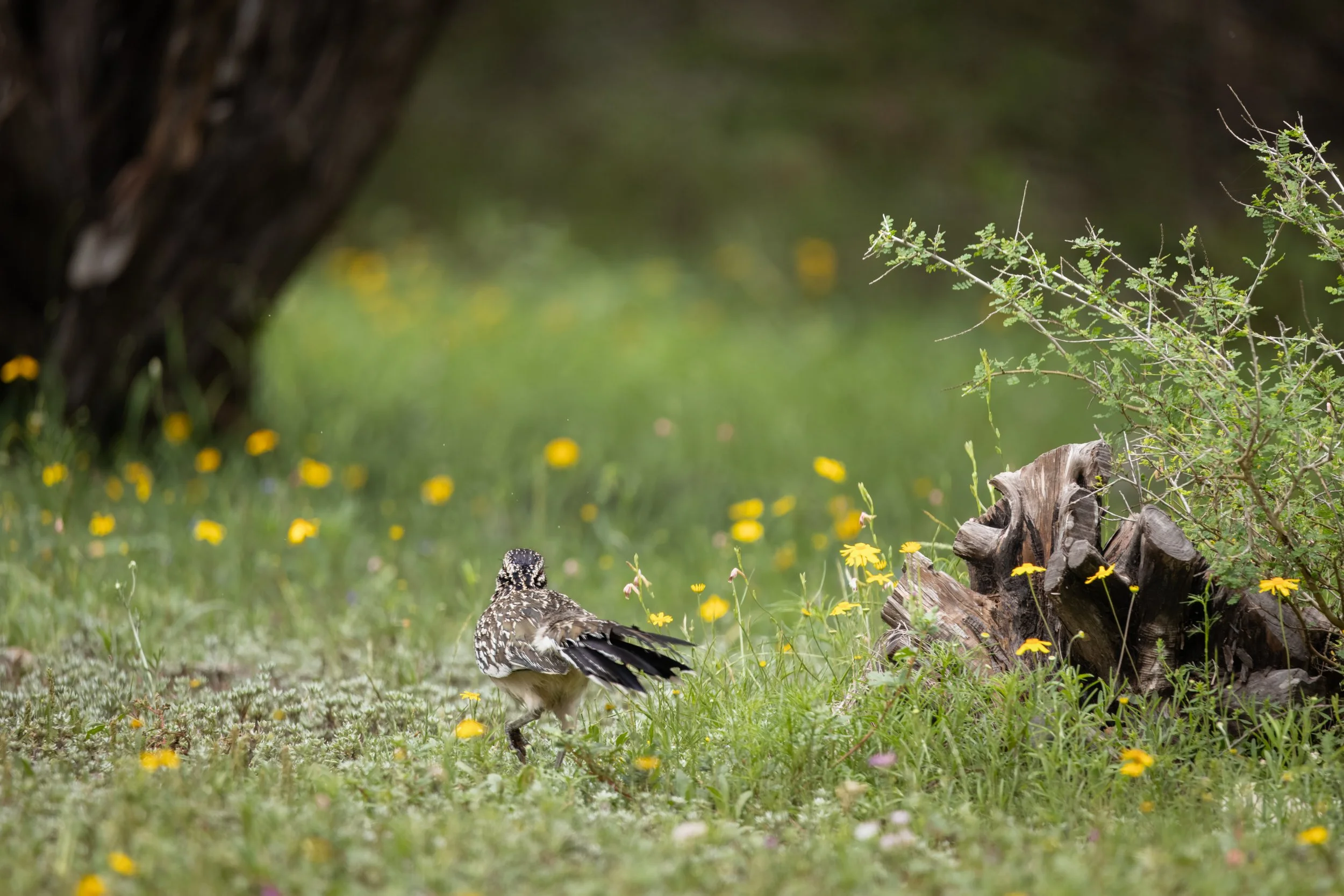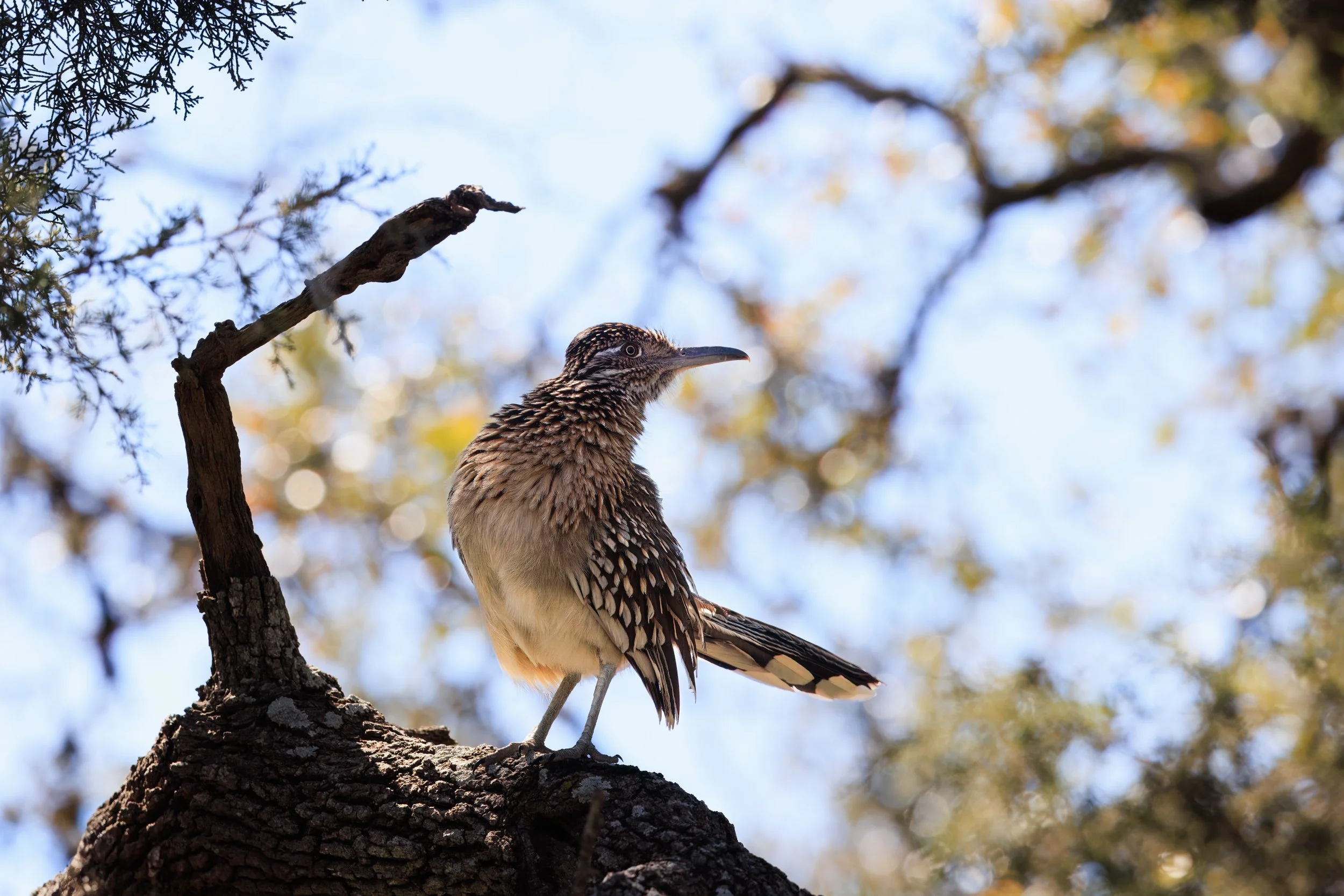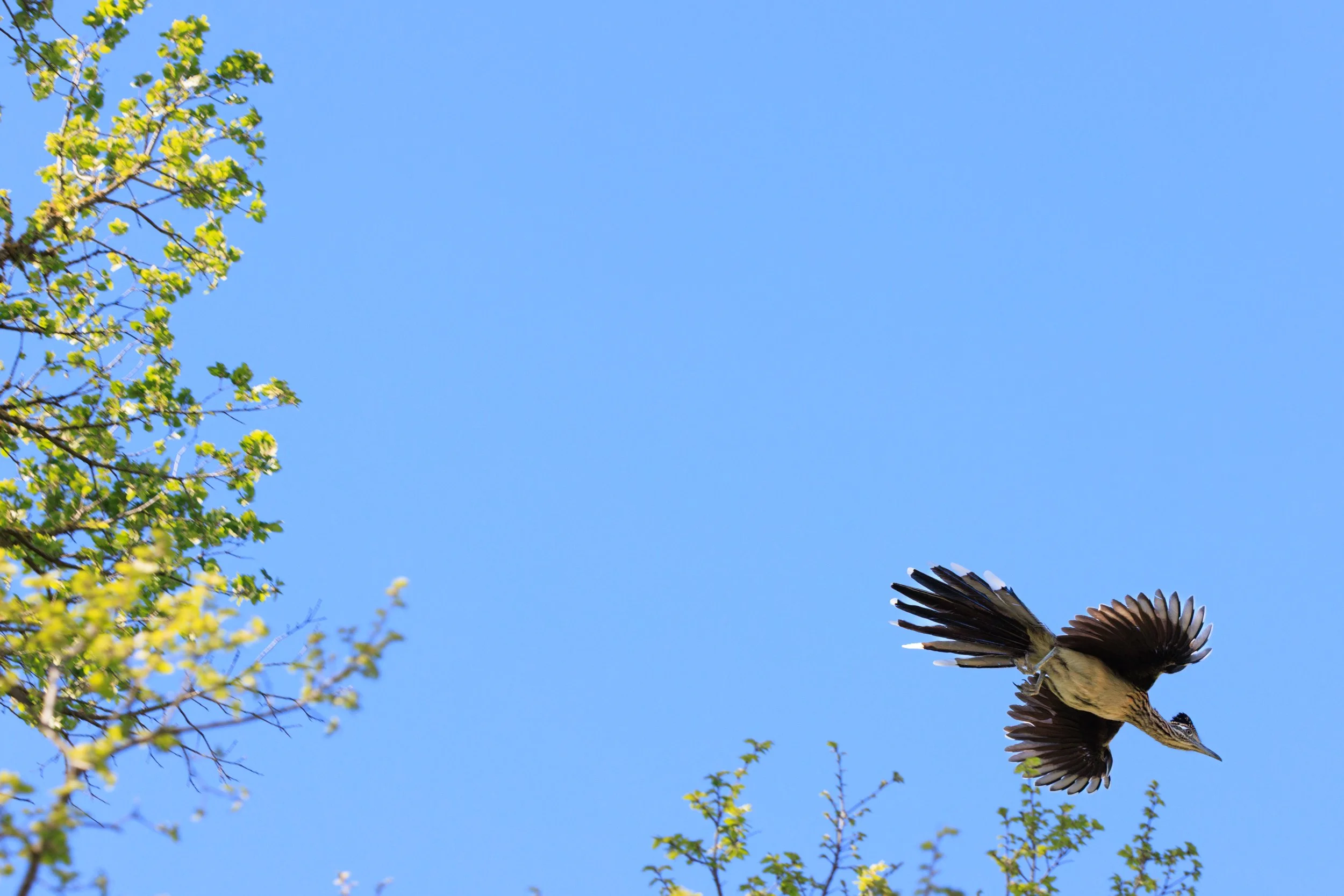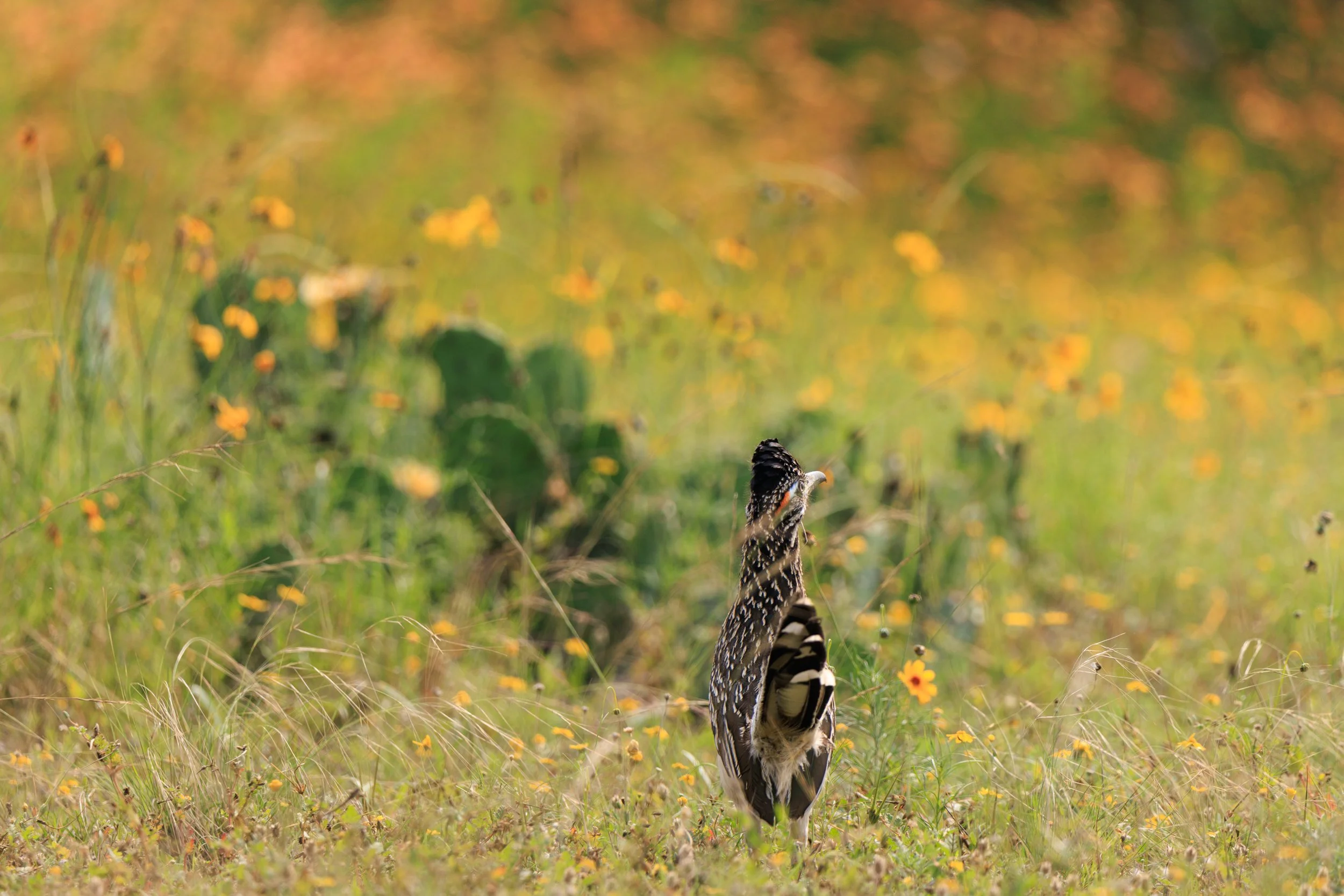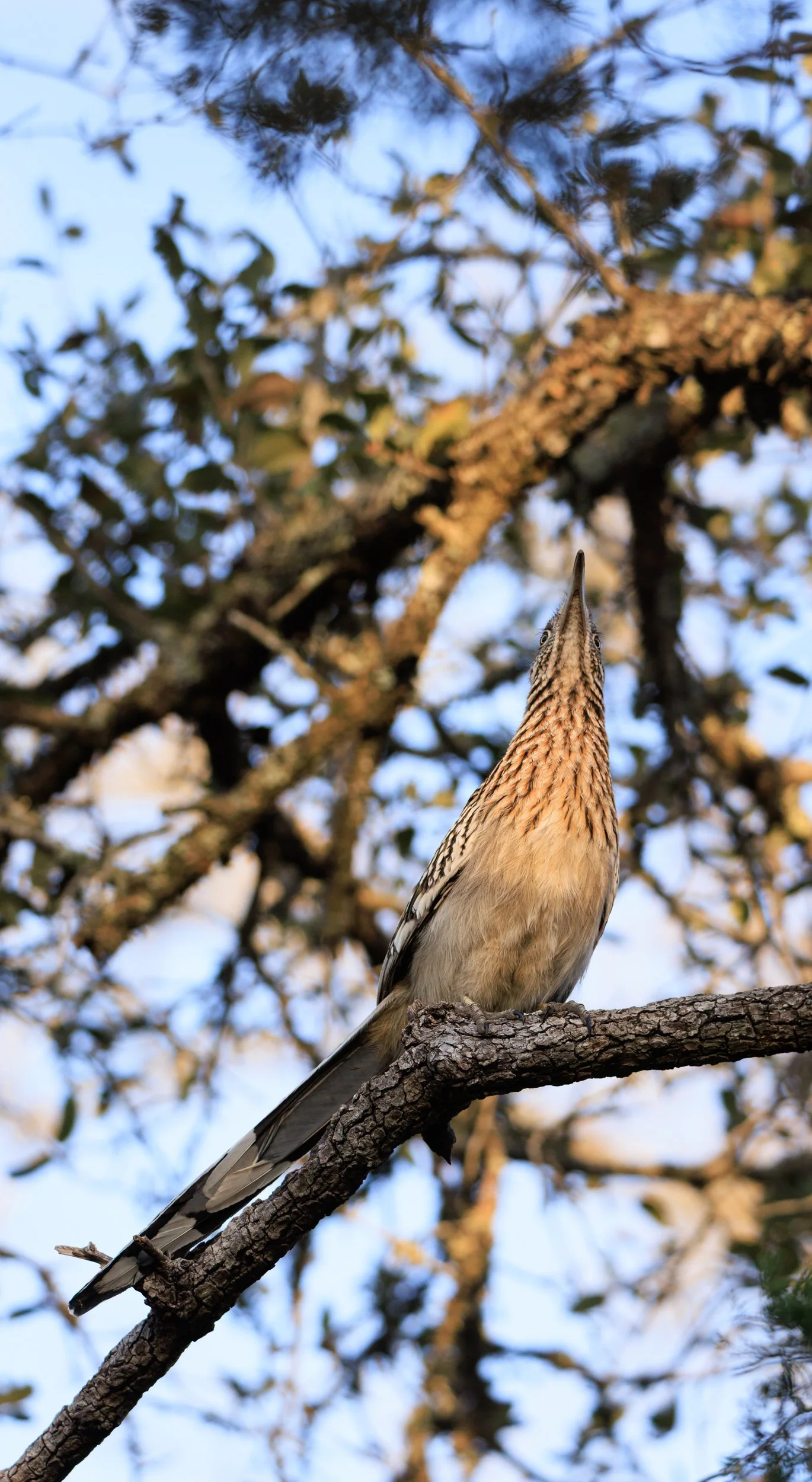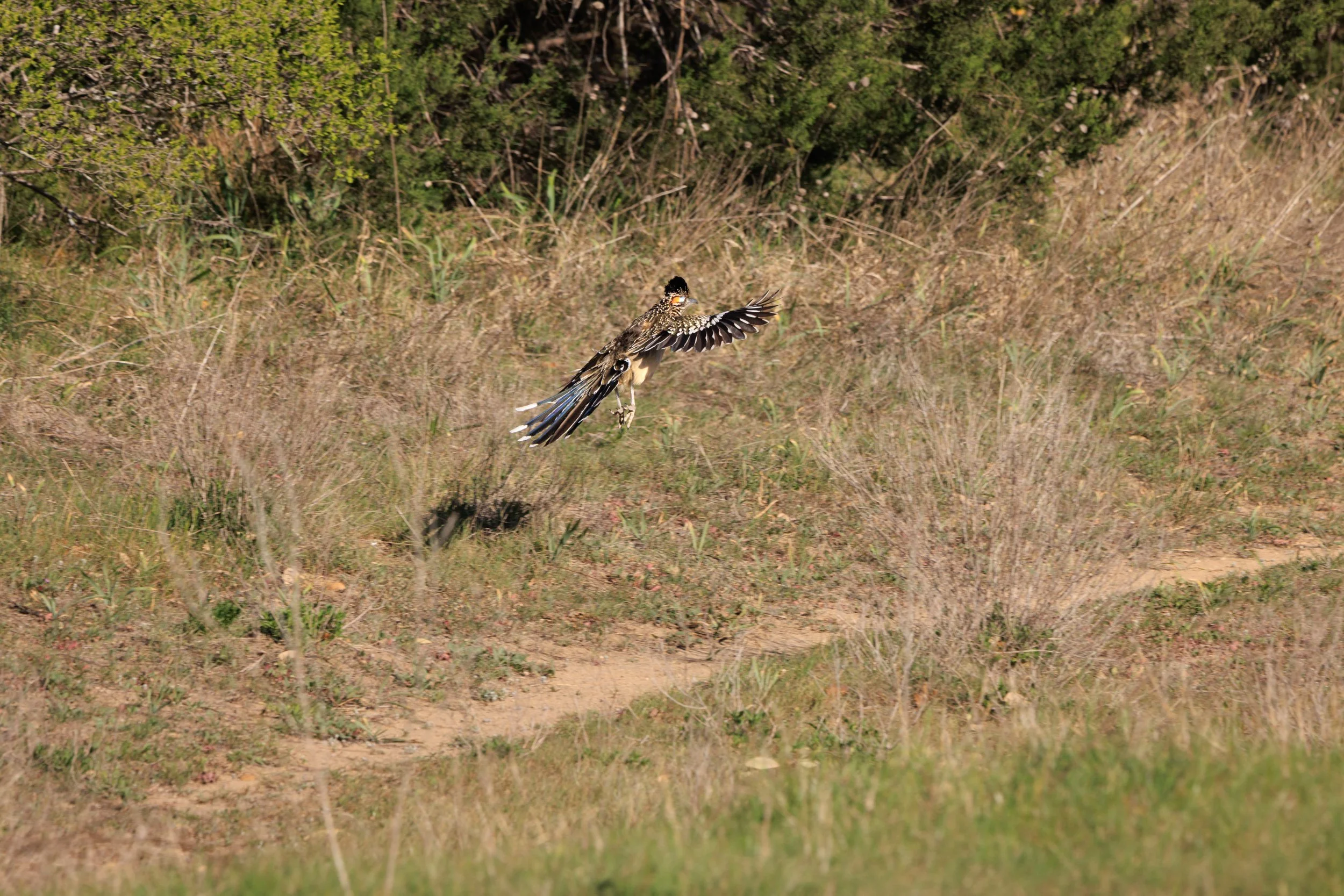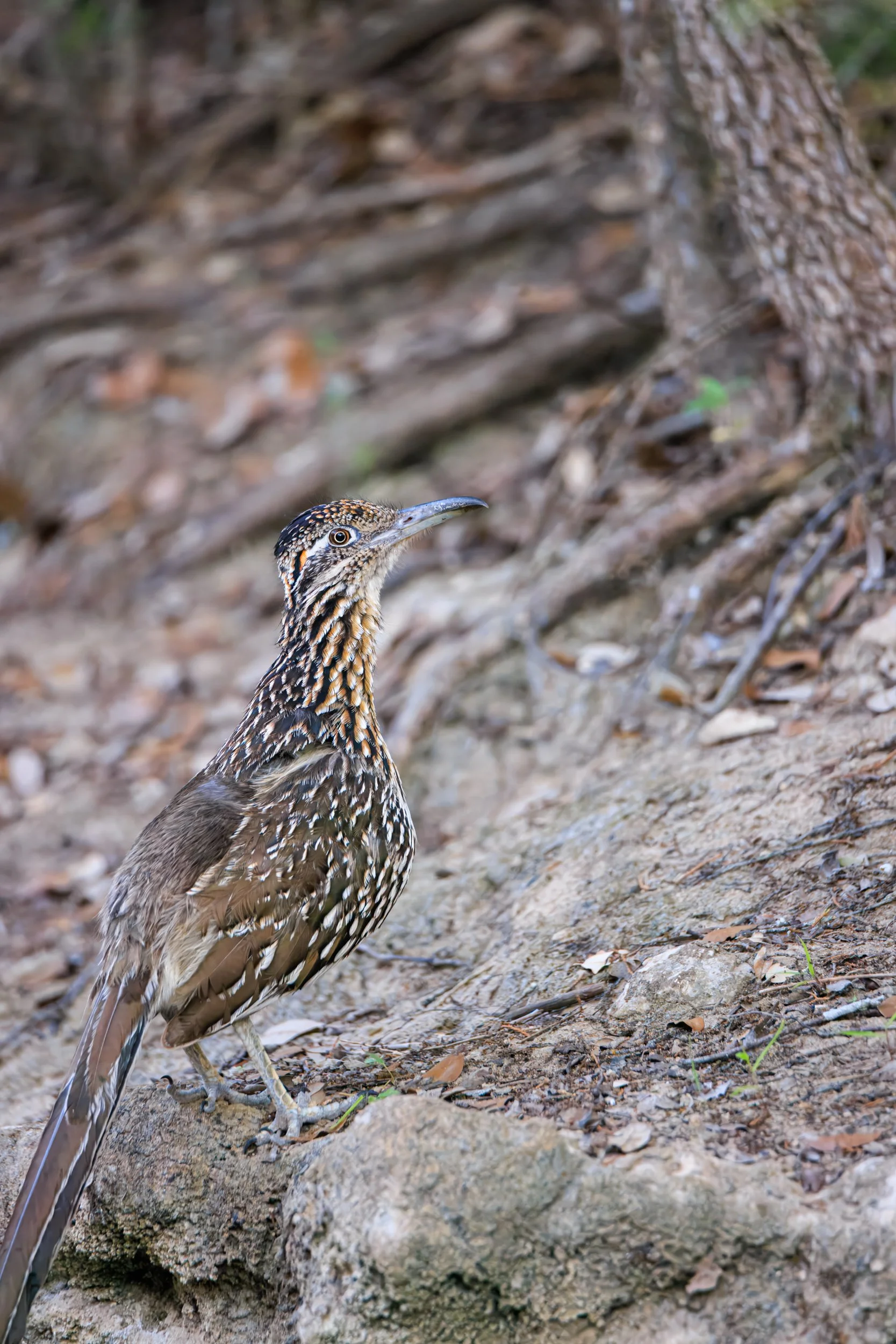Greater Roadrunners, a bold and beautiful oddity of Nature
The roadrunner rarely needs an introduction. At the very least, people have heard of the bird by watching Chuck Jones’ creation, Beep Beep. It was my only exposure to the existence of this member of the cuckoo family. However, the first time I saw a roadrunner, somehow I knew what it was, no introduction was necessary.
The roadrunner is a ground bird, capable to run at speeds that would make some human athletes jealous. It seldom flies, to escape a predator or to glide down from an elevated point, such as trees and cactus. Food wise, it is a generalist, eating insects, small mammals and birds, lizards and snakes and famously, young rattlesnakes. Unlike most birds, there is no visible difference between a male and a female roadrunner.
An icon of the American Southwest, the roadrunner is known as a bird of the desert. This is true of course, the bird is at ease in the heat of the Mojave, Sonoran and Chihuahua deserts. In the middle of the 20th century, the greater roadrunner started expanding Eastwards, now routinely found as far as Missouri and Western Louisiana. The reasons for this expansion are a mystery to me, I am certainly happy the bird can be found in the Texas Hill country, which is not part of any desert.
As one can see below, the roadrunner is at ease in the rain, nesting in oak trees, running thru tall grasses. Life is in constant adaptation, always “finding ways” to work around challenges. Questions arise…
Does the genetics of Geococcyx Californanus change to adjust to the environment, climate and food of its new territory? The coyote’s has been found to change to living in cities, Winters in the midwestern USA can be harsh for the greater roadrunner, will it adapt to these conditions?
The images below were taken in the Hill Country of Central Texas over the course of years, most of them near Southwest Austin. It takes time and requires patience to learn the behaviors of an animal, to observe a group of them and to get closer. By repeatedly visiting the same places, one can witness the life of roadrunners, hunting, mating, caring for the young, dodging predators.As I kept exploring my local area to photograph roadrunners, it became easier to find them. Some days, intuition directed my steps to find one or more geo-cuckoos busy running their lives. As it seems they grew accustomed to my presence, tolerating my following them.
Seeing a roadrunner keeps bringing me joy. They remind me of the diversity of the World and how peculiar each being can be and how beautiful that is. There are many different species on our home planet and yet, all share the same basic needs.
Getting acquainted
Self-Care
Warming up after a long night, preening, keeping parasites out of its feathers and, also, stretching.
Catching Food
A greater roadrunner is not picky. Its diet includes all sorts of insects, caterpillars, snakes and lizards. Famously, the greater roadrunner is skilled at catching small rattlesnakes, one behavior I have not seen yet. It’s been reported small birds like hummingbirds are also on the corre camino’s menu. The metabolism of the bird is such that its water needs are satisfied from the food it ingests, unless food is scarce.
Partners for life…
It is said that a female and male roadrunner mate for a long time if not their entire life. The couple stays together during breeding season and go their on ways during Winter. Courtship, in early Spring, aims at rekindling the relationship. The couple may have 2 to 3 broods per year. The location selection and construction of the nest is the female’s responsibility, the male brings the construction material. Both take care of the eggs and the young, busy hunting to feed the ravenous young and to maintain the nest and good order.
Roadrunners are very busy feeding their young and teaching them for life. The photographs below show what seems to be a playful interaction between the female (on the left) and the male, exchanging a leaf, a short moment “off duty”. It is hard not to humanize this scene and project human feelings onto it. However, all living things have a lot in common. So who knows?
The Quest for the Nest
With Spring comes the breeding season. Roadrunners have multiple breeds and for each, they build a different nest. The location of the nest is selected solely by the female. Accompanied by the male, she visits tree after tree, hopping up and gliding down. The nests are, as one would expect, large, about 1 foot in diameter, made of all sorts of materials. Comfort matters after all. Not all twigs and branches are suitable and therefore promptly left behind.
Once the eggs are laid, both roadrunners take incubate them, the female mostly during the day while male brings food. At night, the female roosts on a branch near the nest, while the male takes his turn to incubate the eggs. Once the young roadrunners are able to leave the nest, it is abandoned.
Taking care of the next generation
Both parents take care of the young roadrunners, each busy running for food.
A bird with its feet deep in water
The Sonoran and Chihuahua deserts see small amounts of rain every year, mostly during monsoon season. The weather and the land of Central Texas are very different than the deserts of the American West. After a heavy rain, it is not uncommon to see a roadrunner with its feet deep in a puddle, seemingly fishing.
Roaming its territory
Roadrunners are territorial birds, especially during the breeding season. Any intruder will be promptly pushed away. The roadrunners roam their territory, from one end to another, looking for food, for intruders. At times, a roadrunner needs to roost on a tree branch, to which it hops, from which it glides down, back to the ground.
